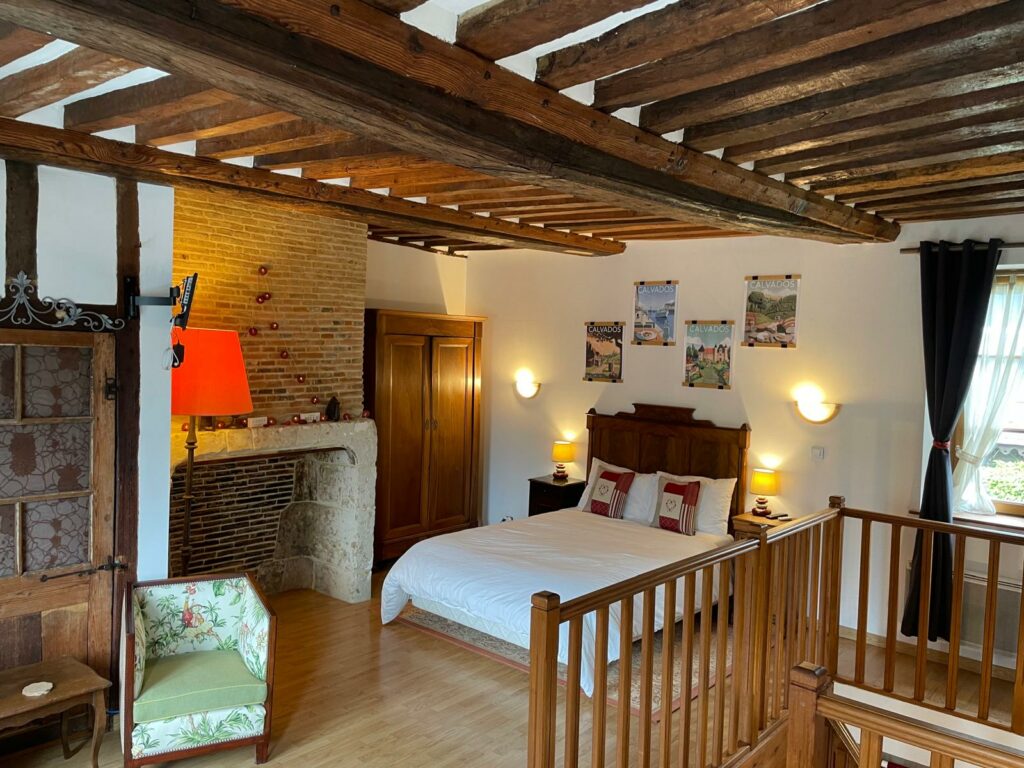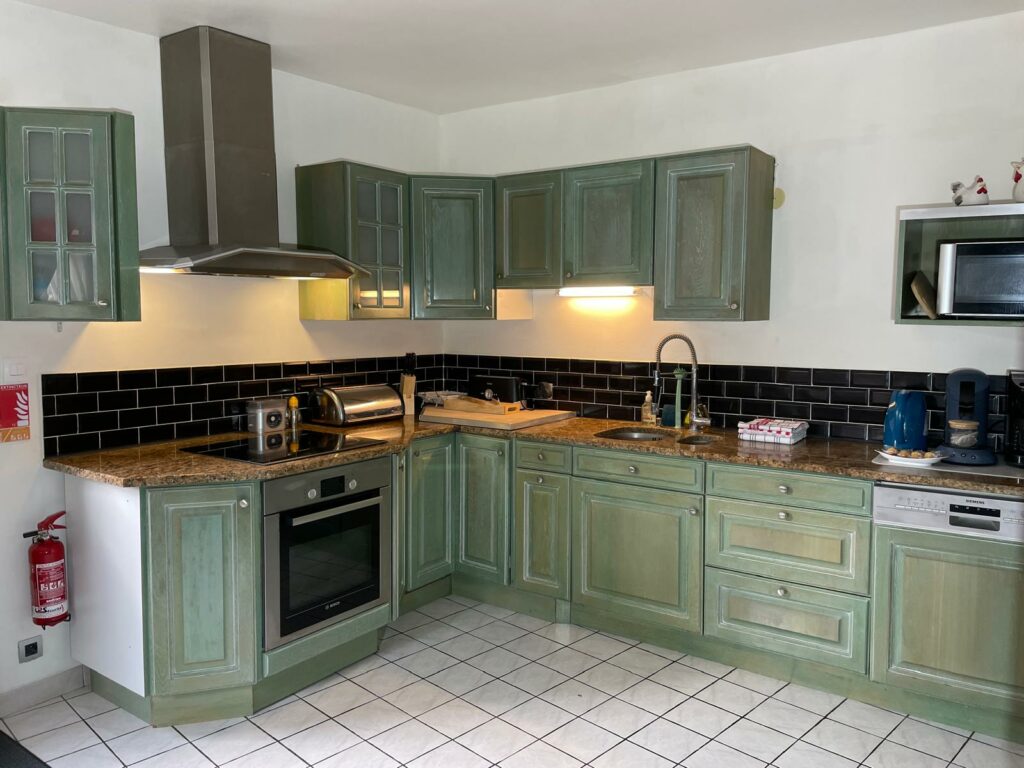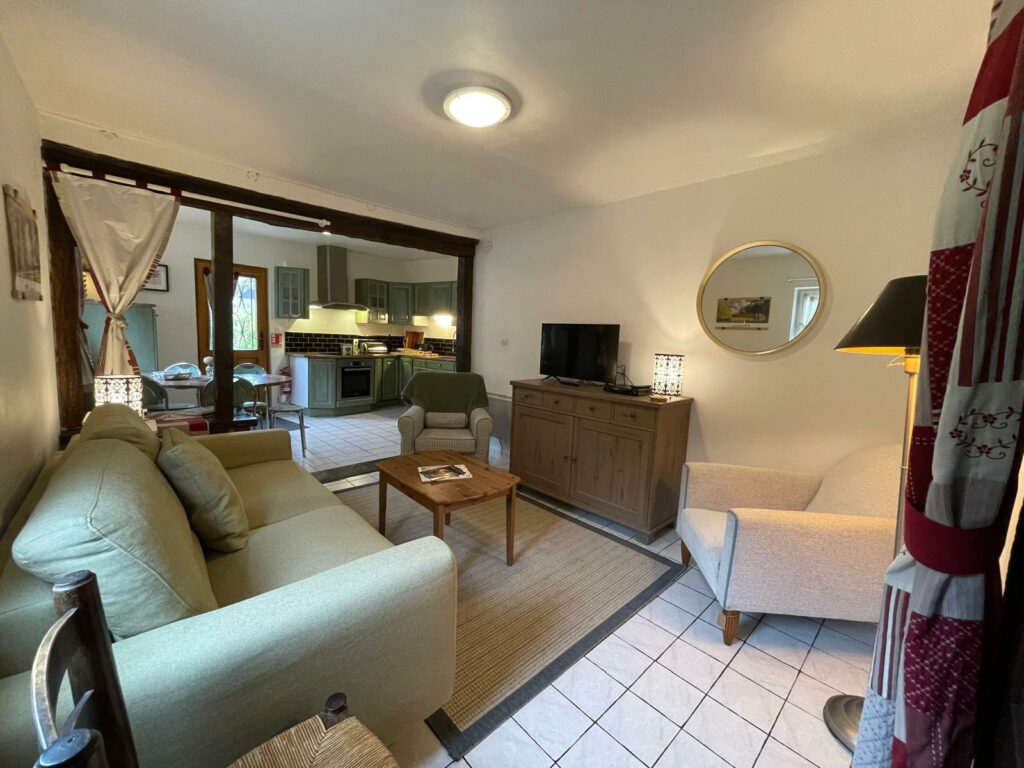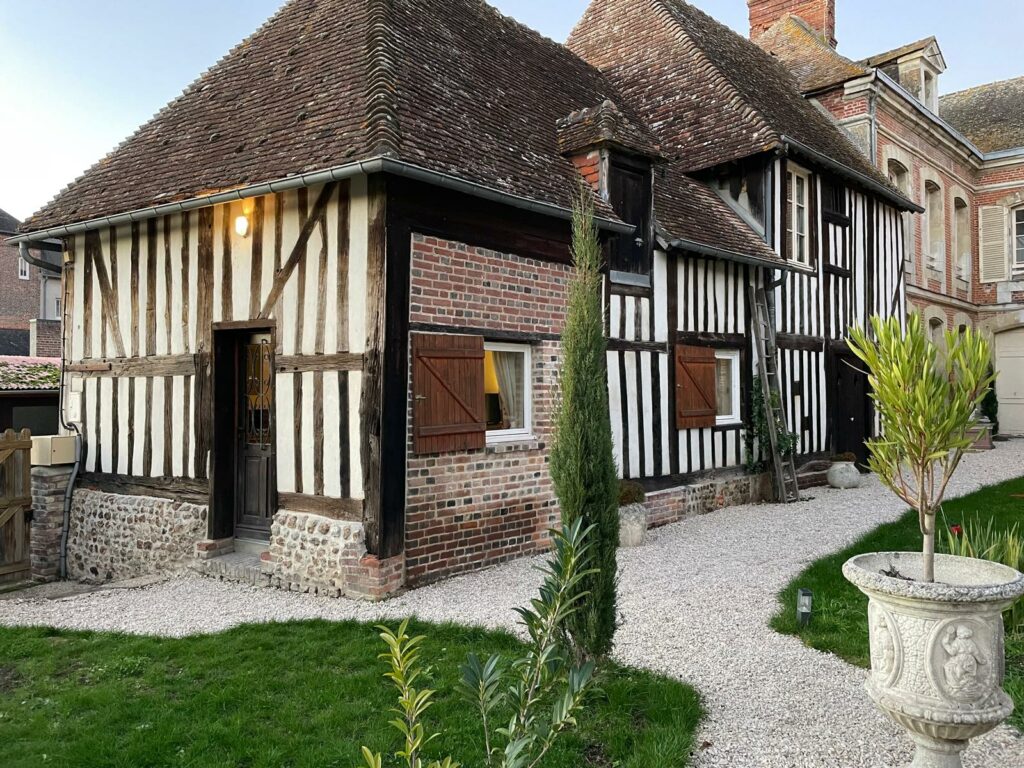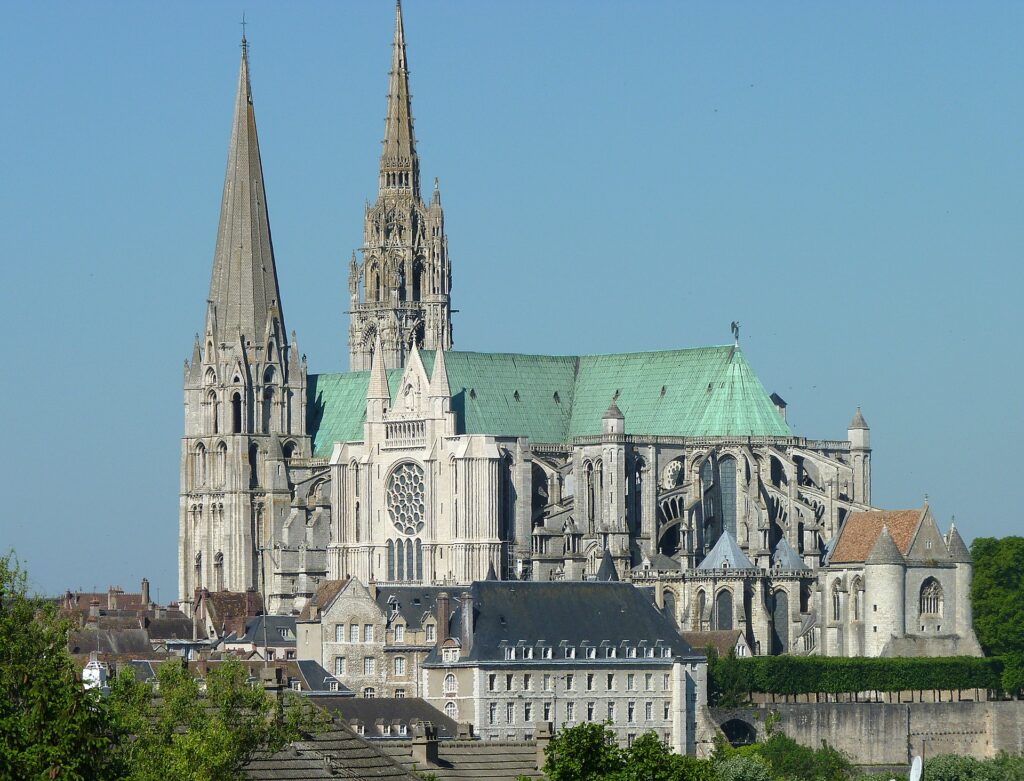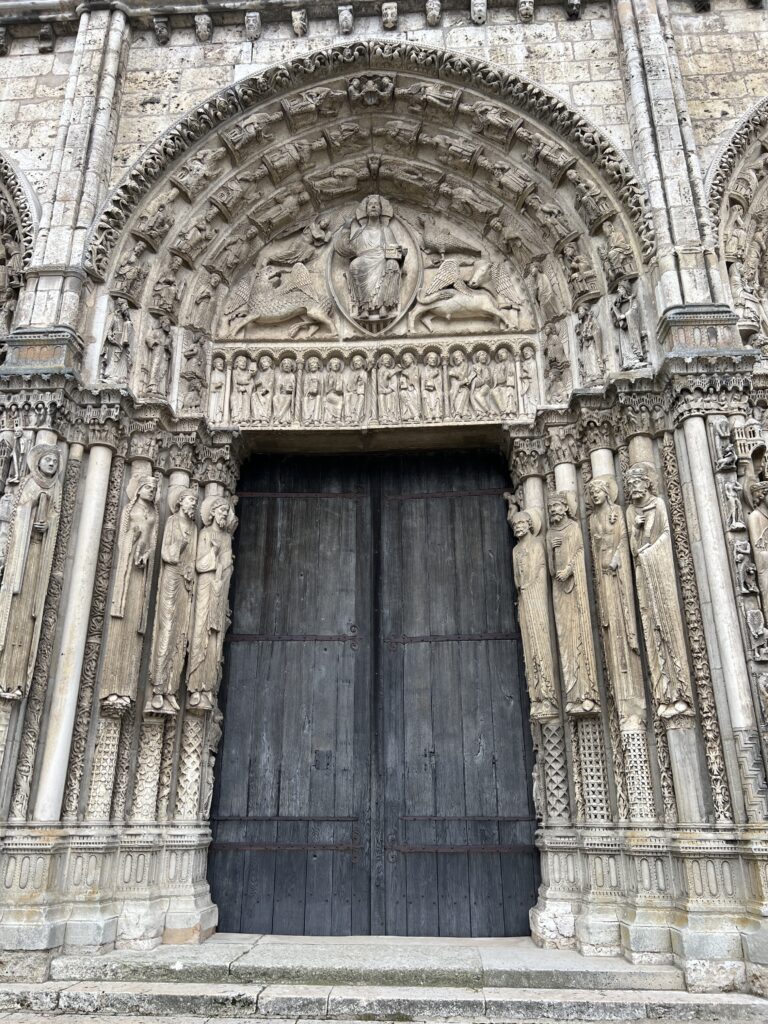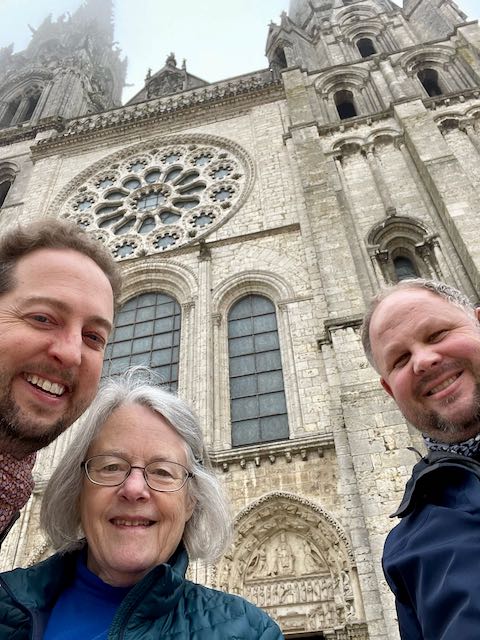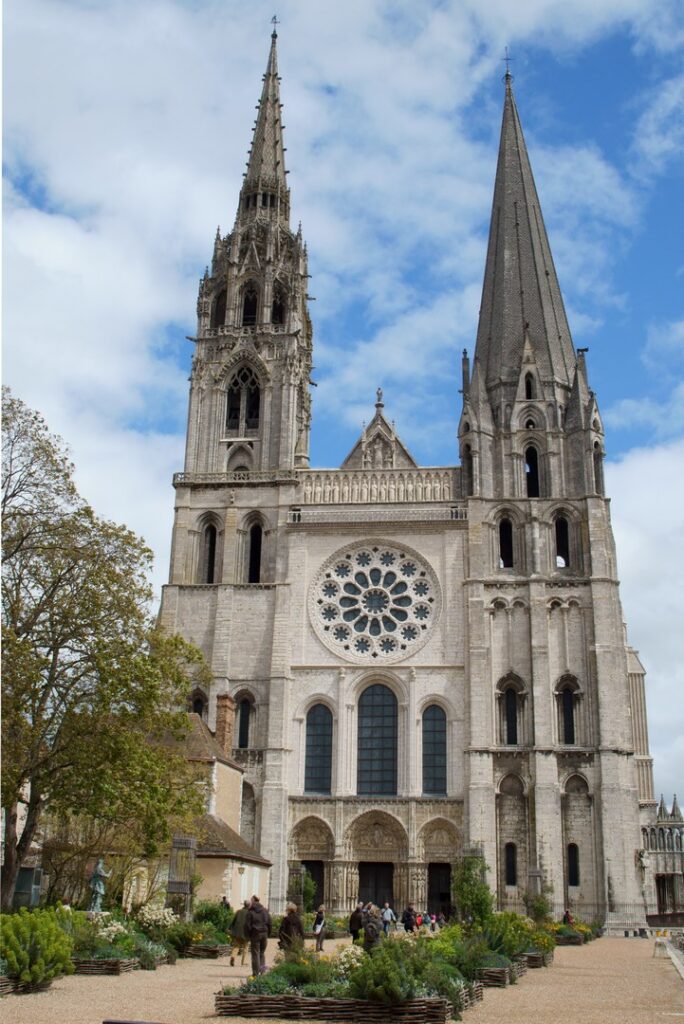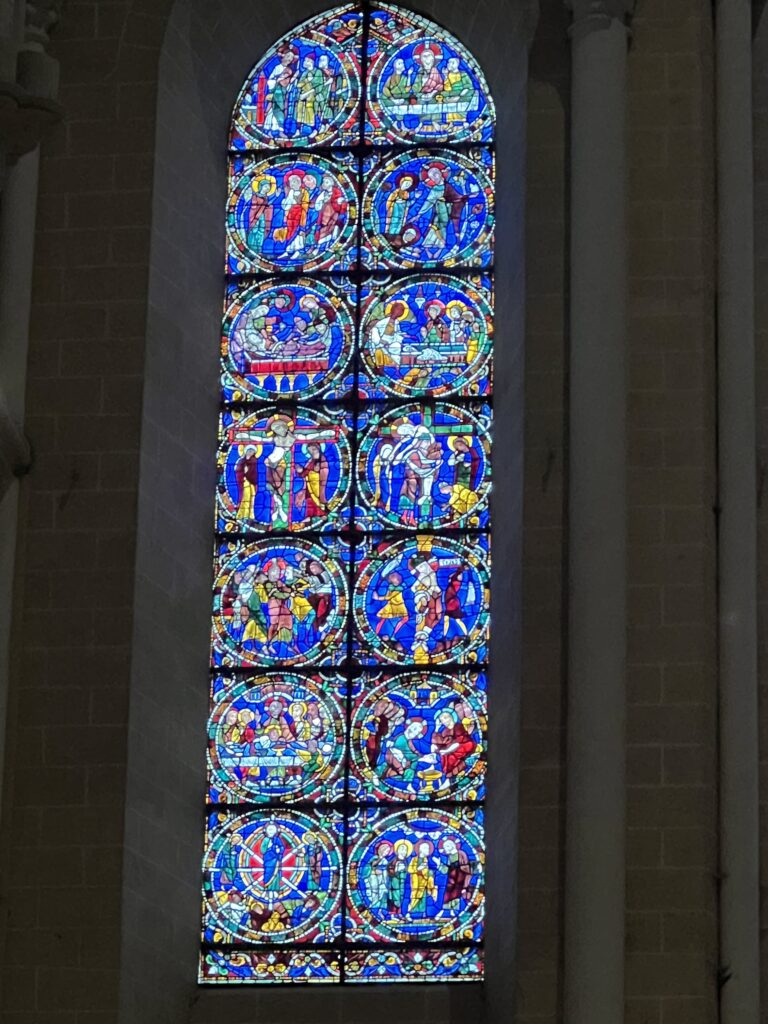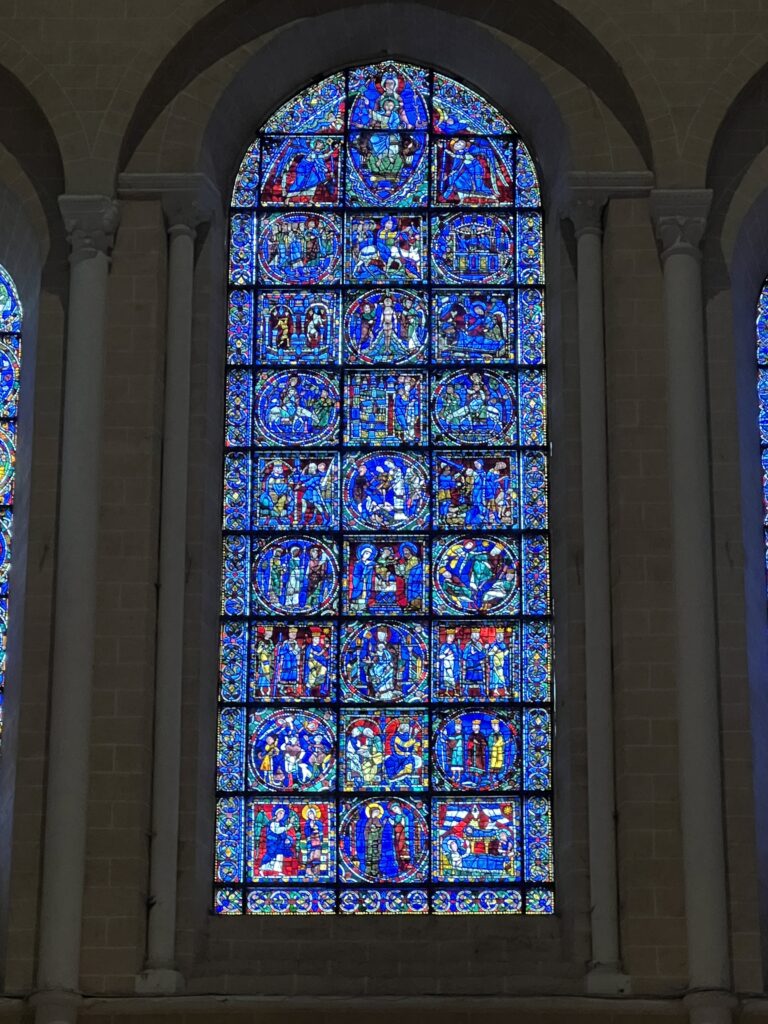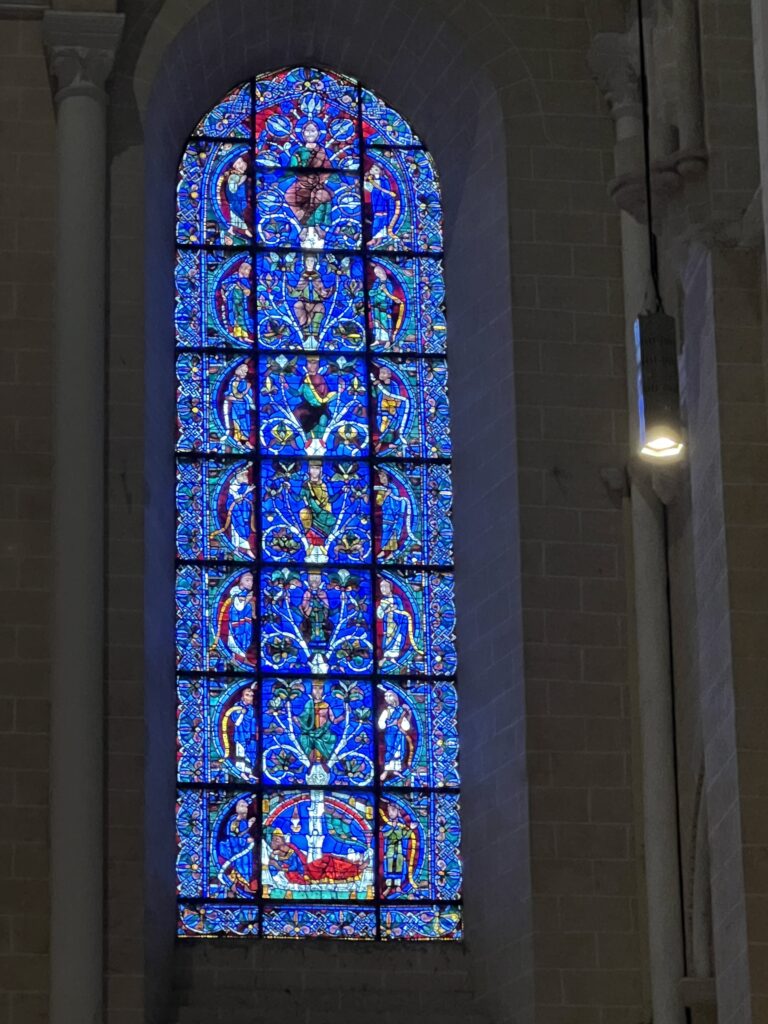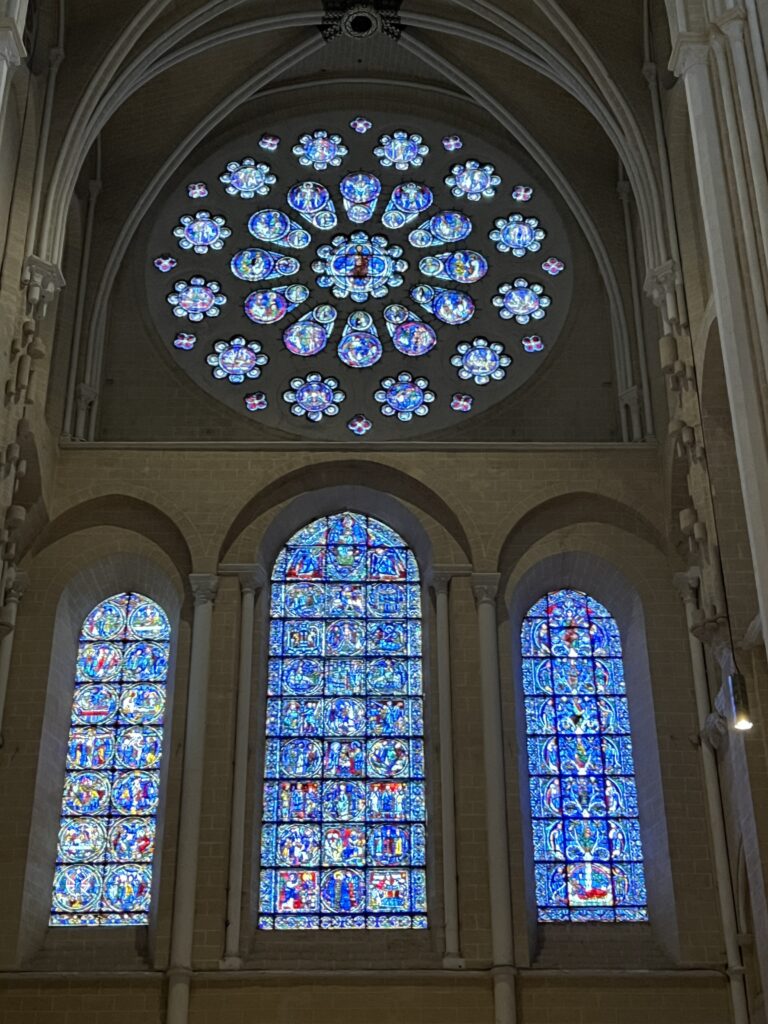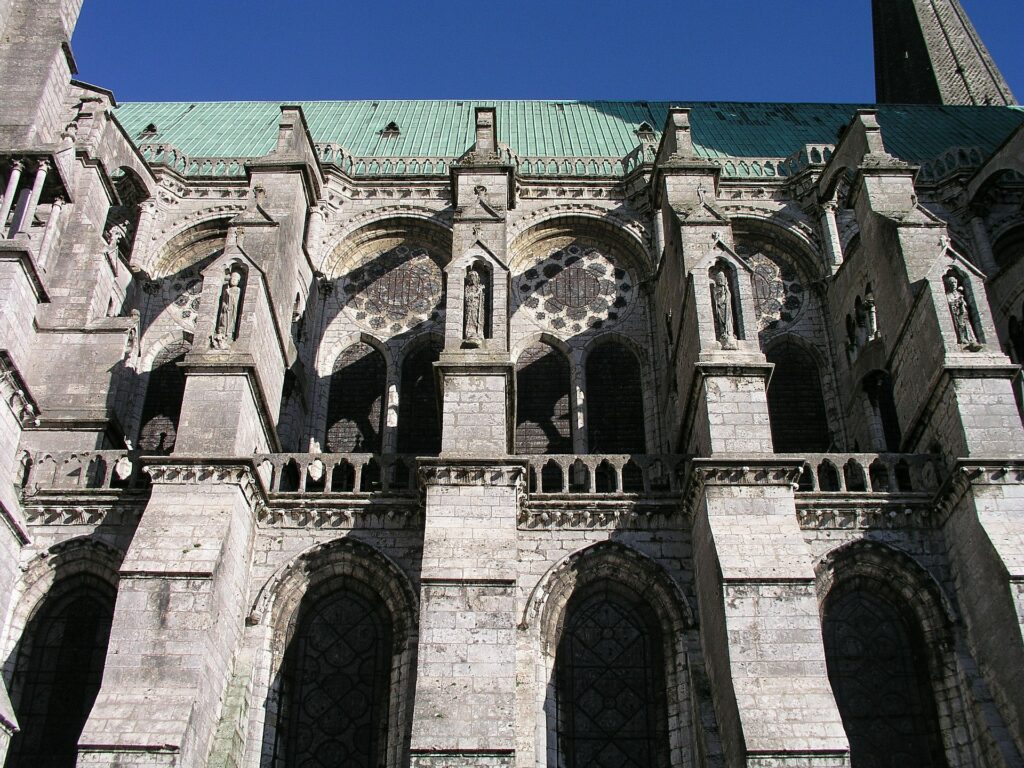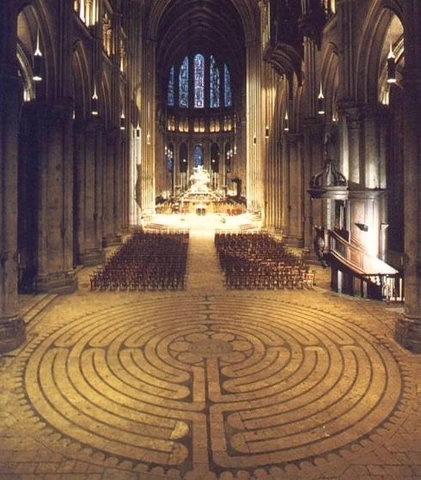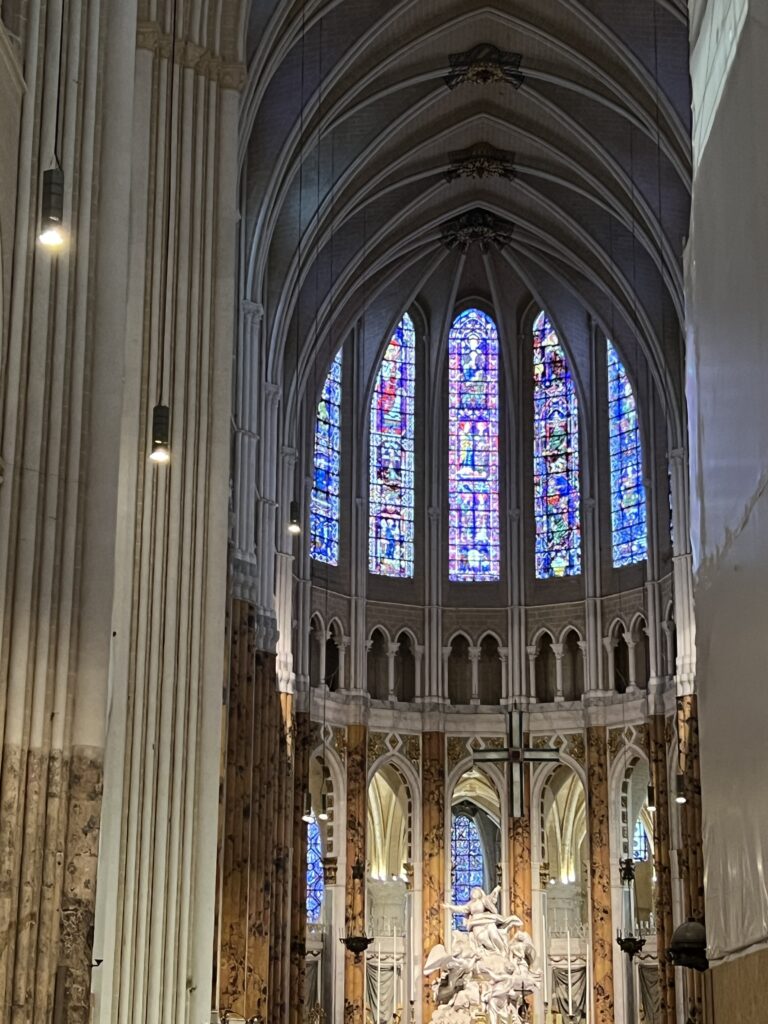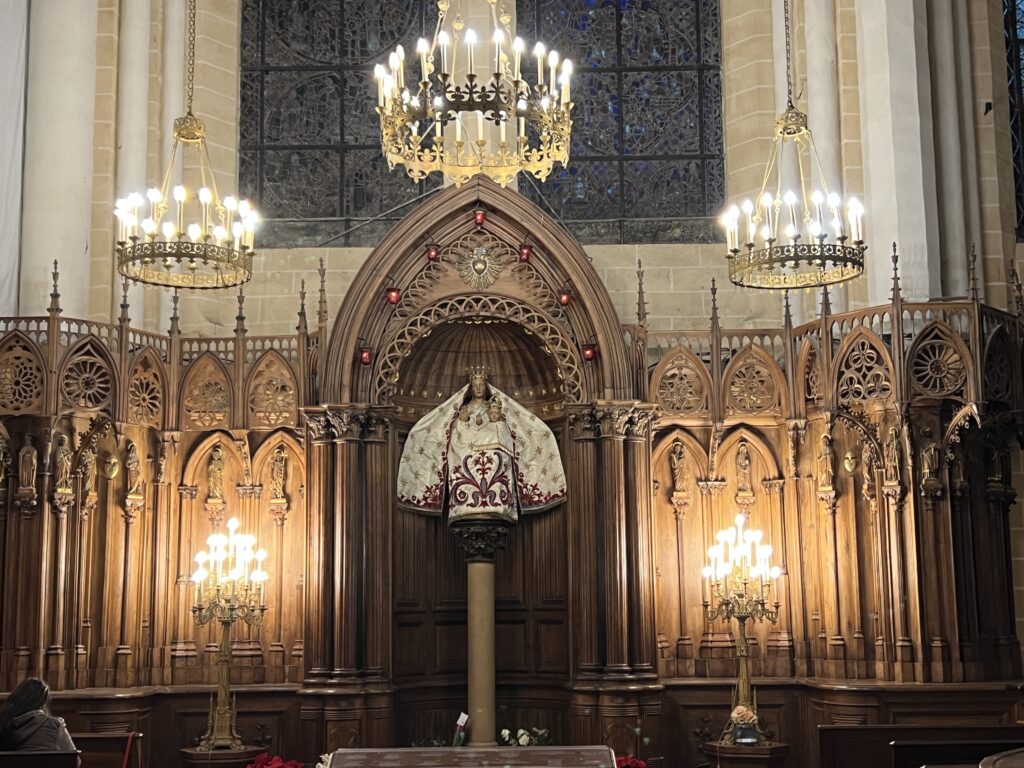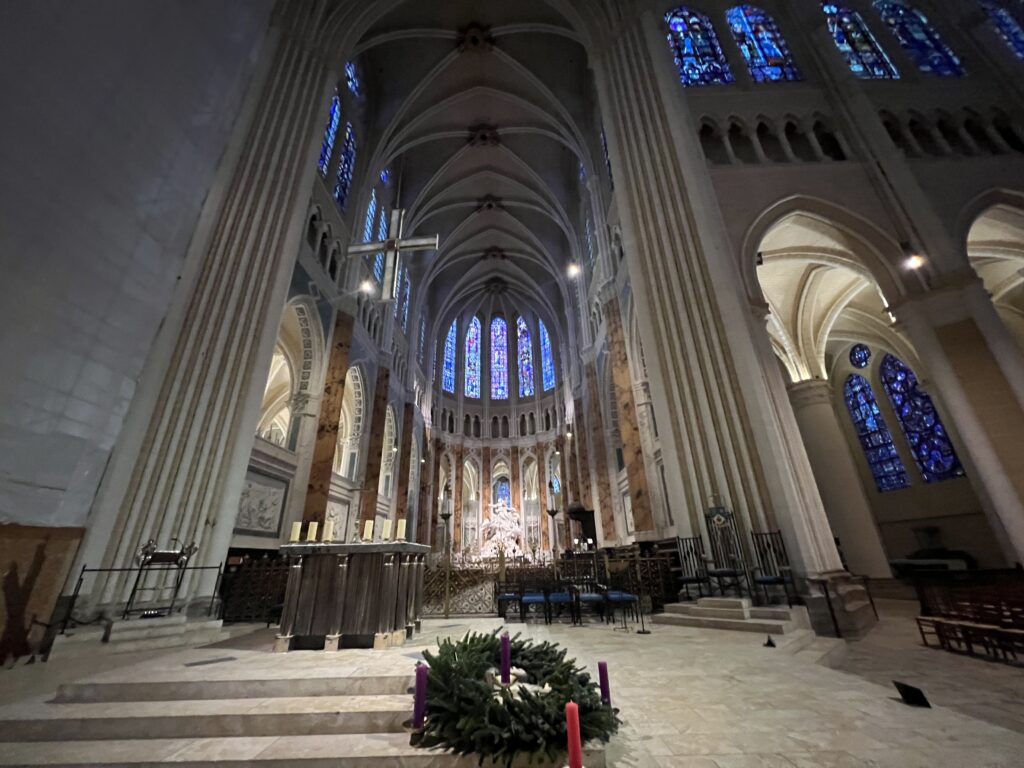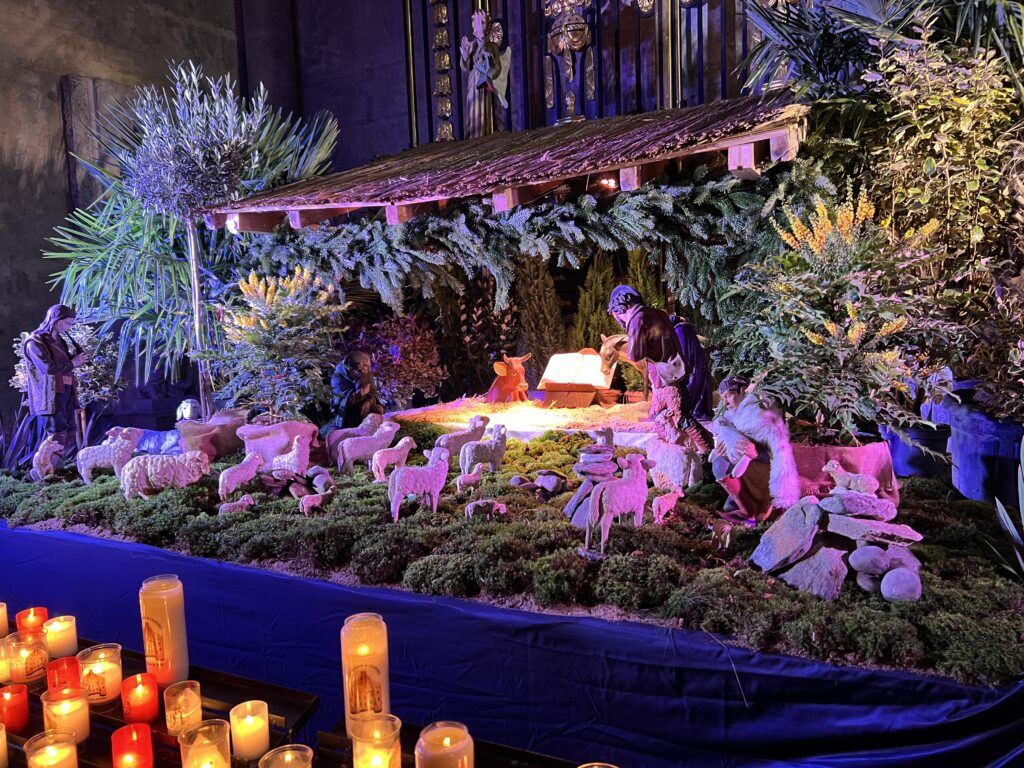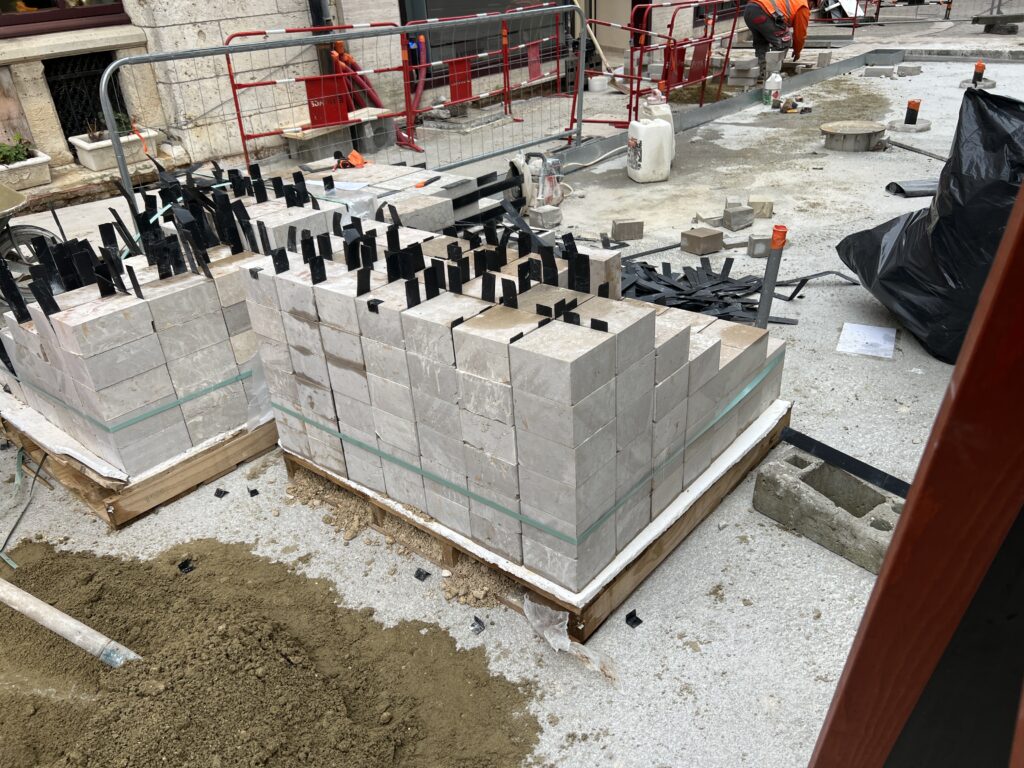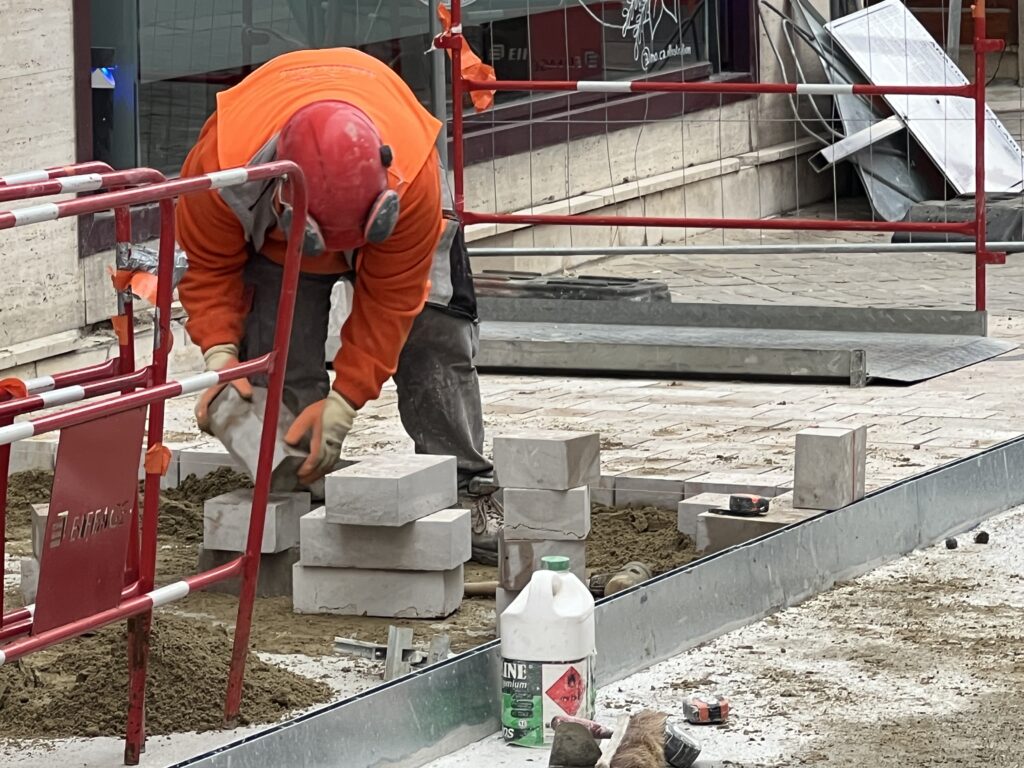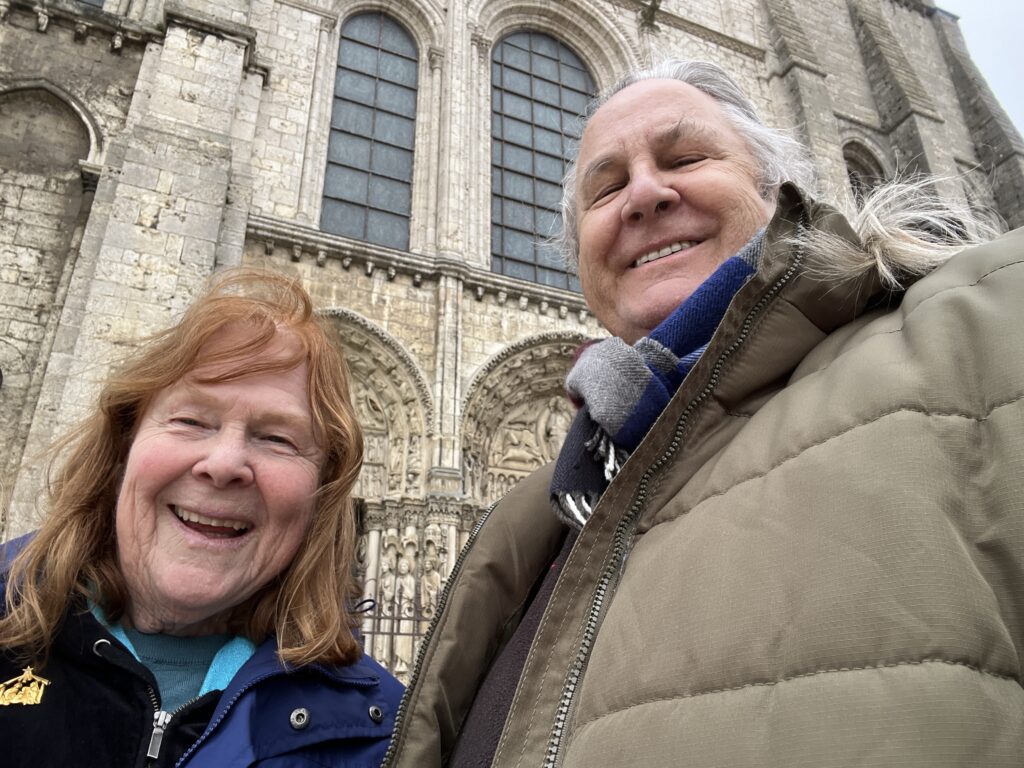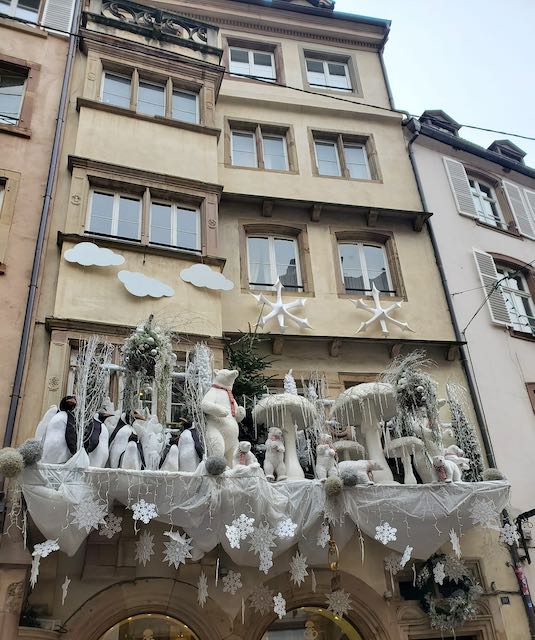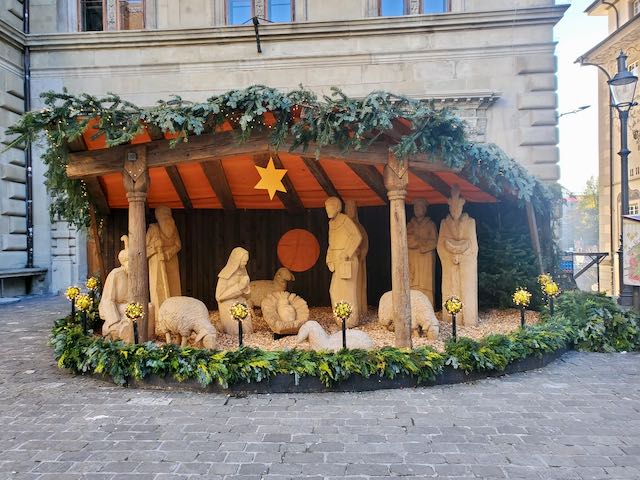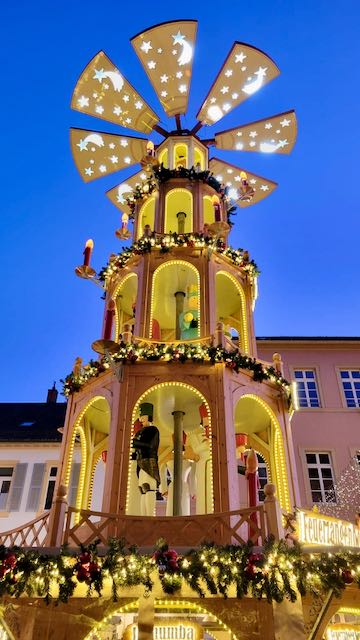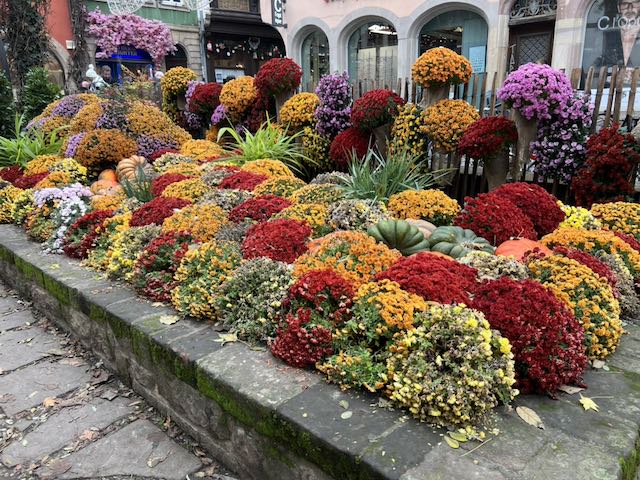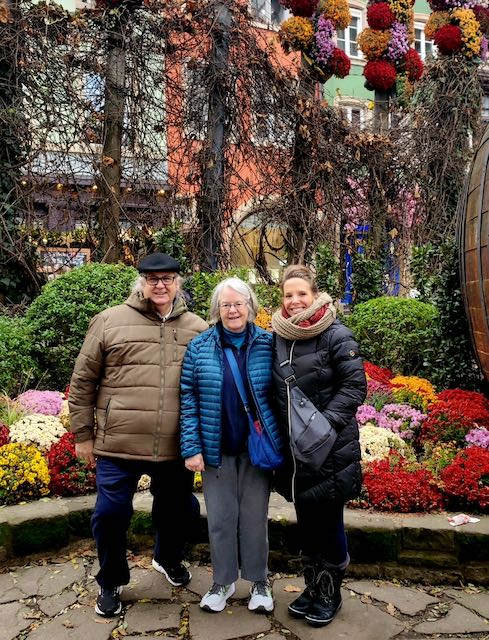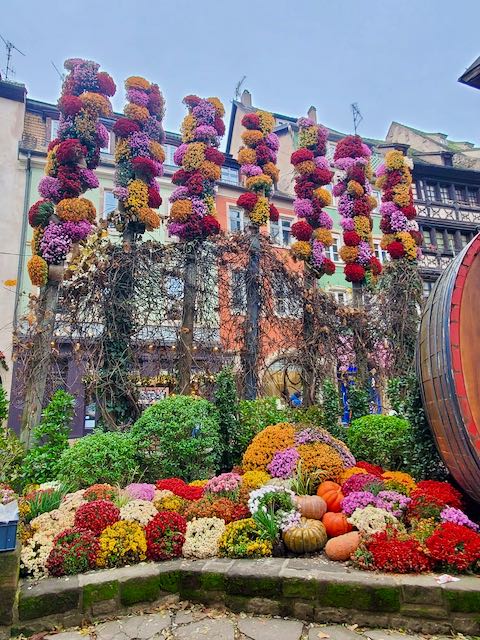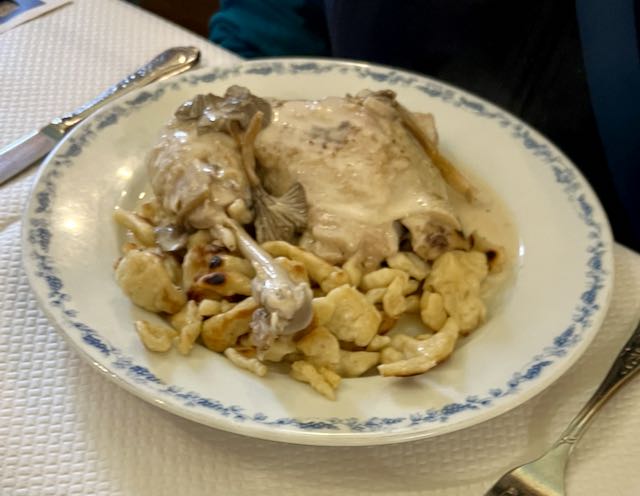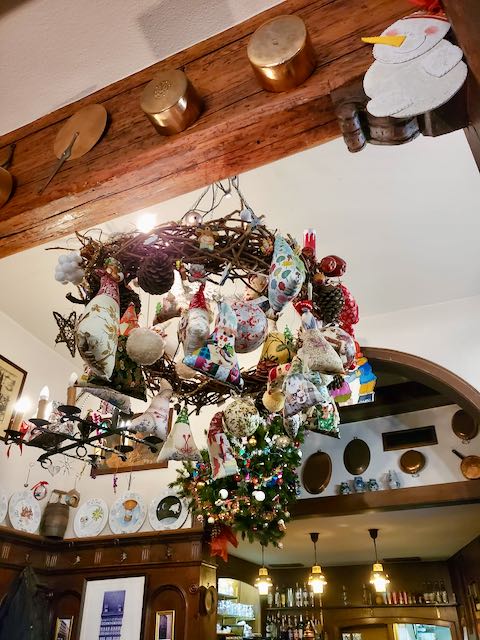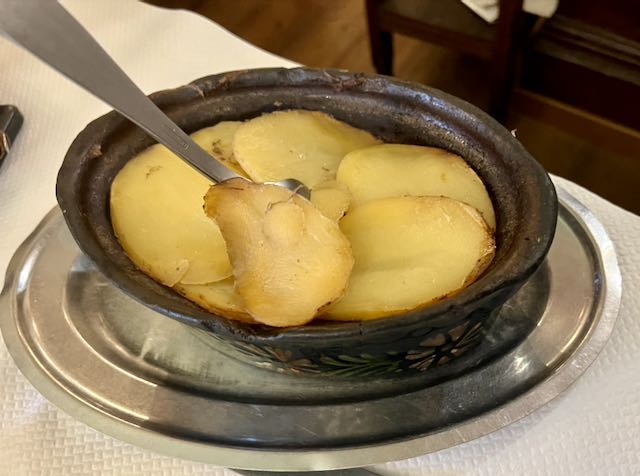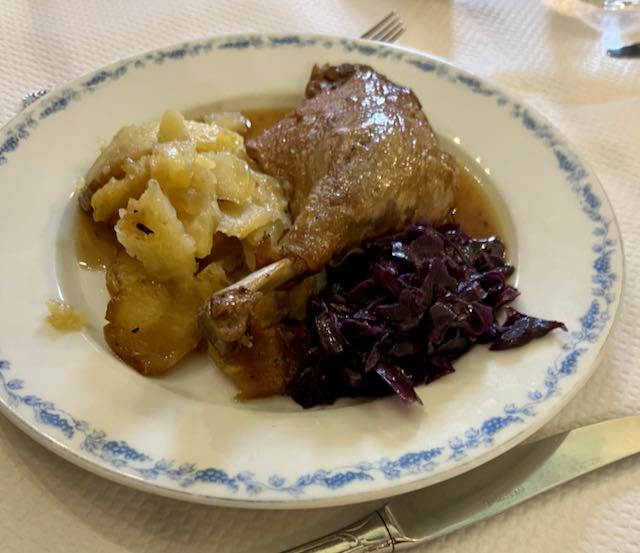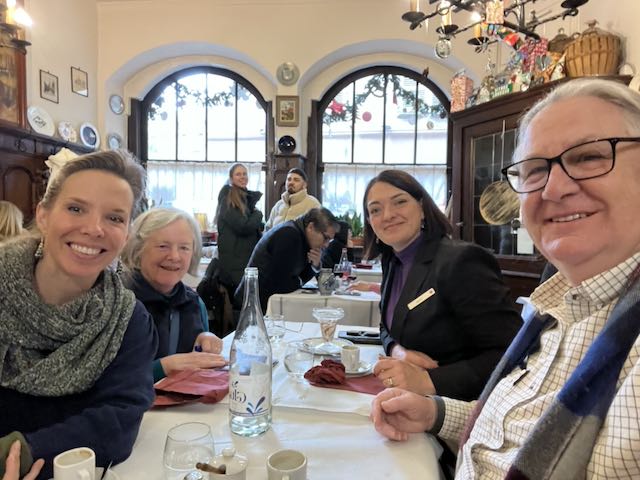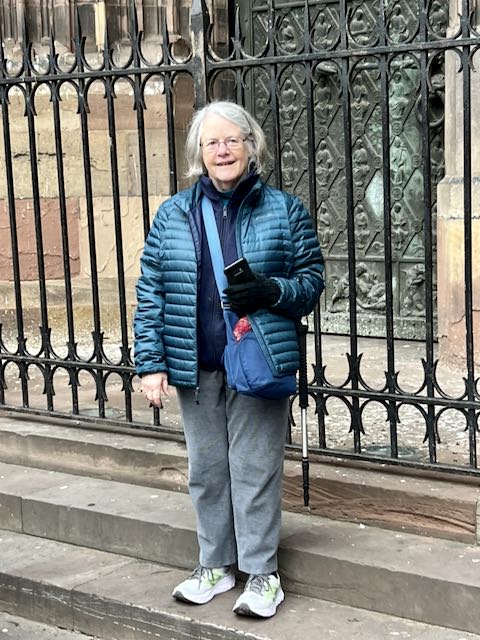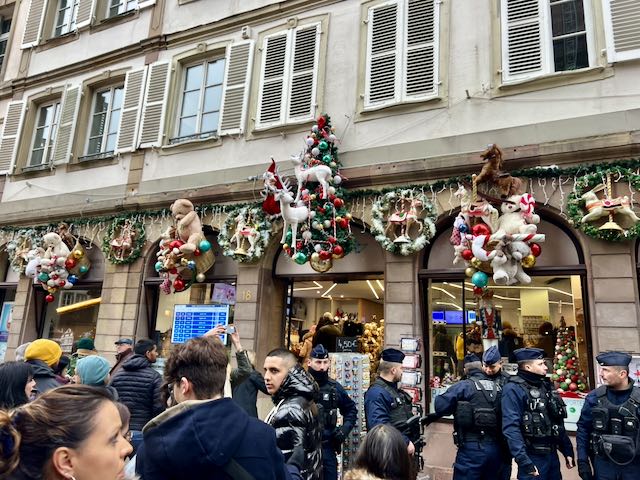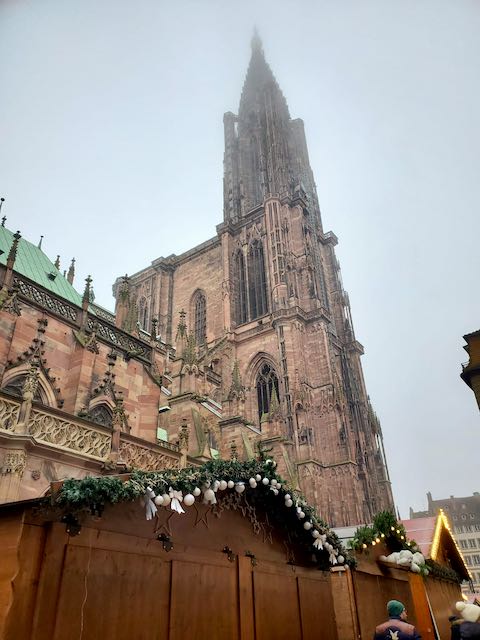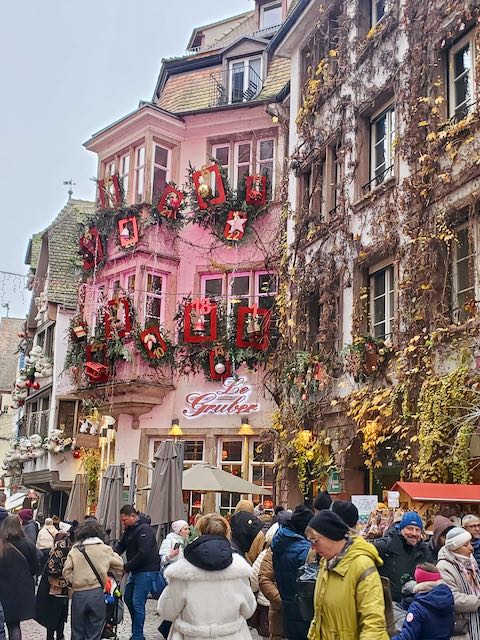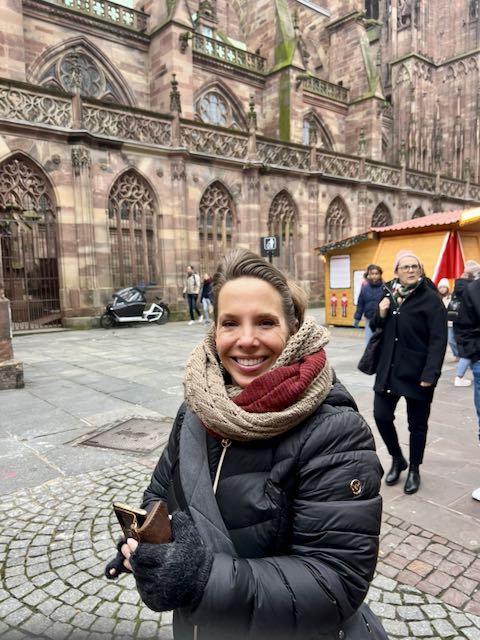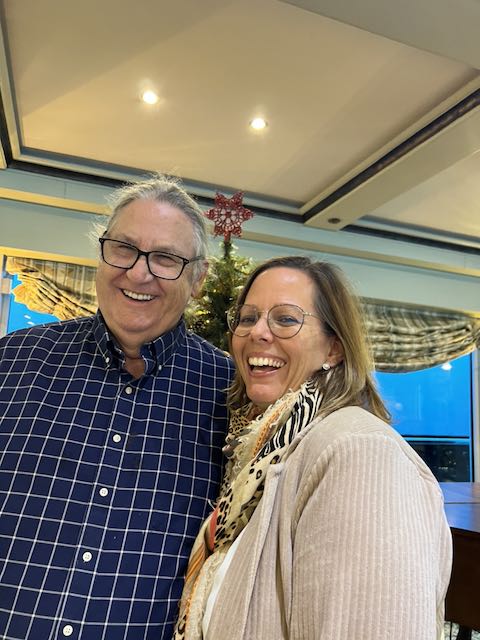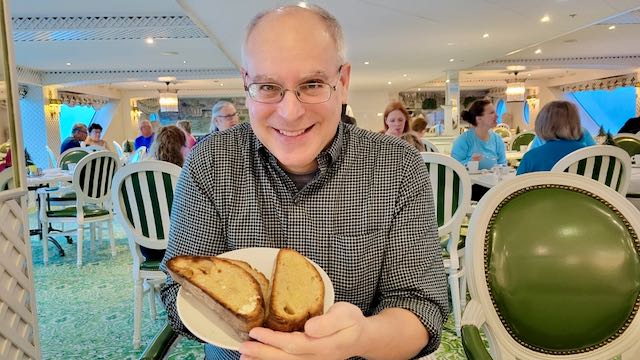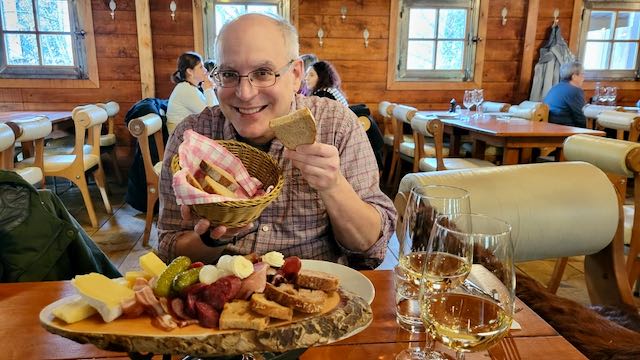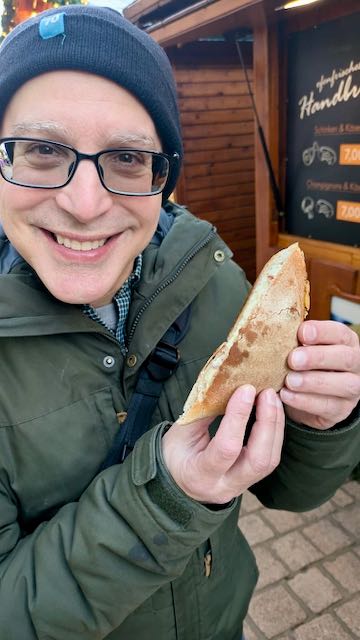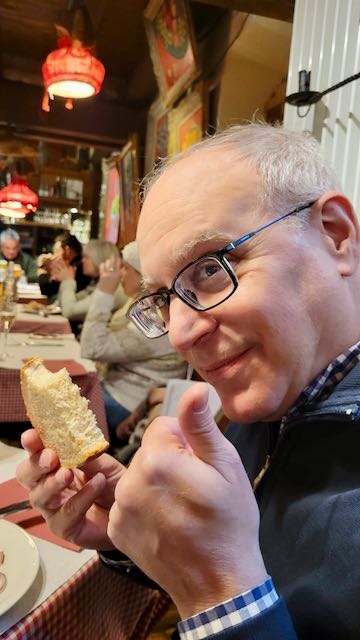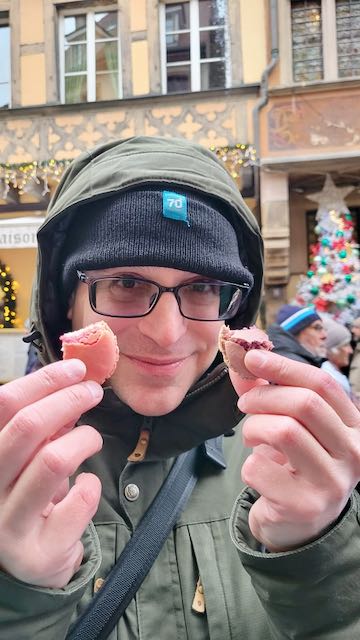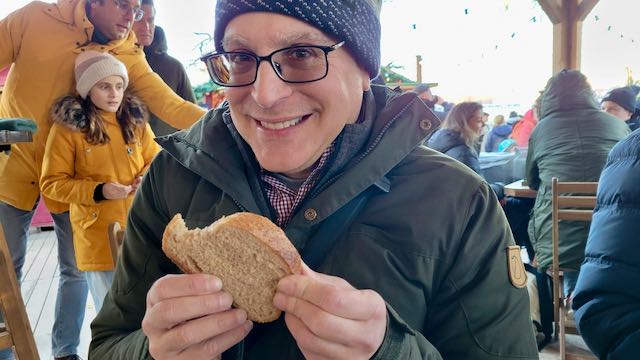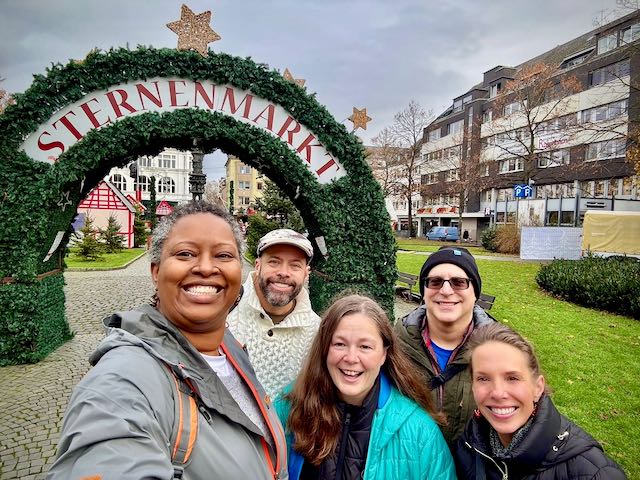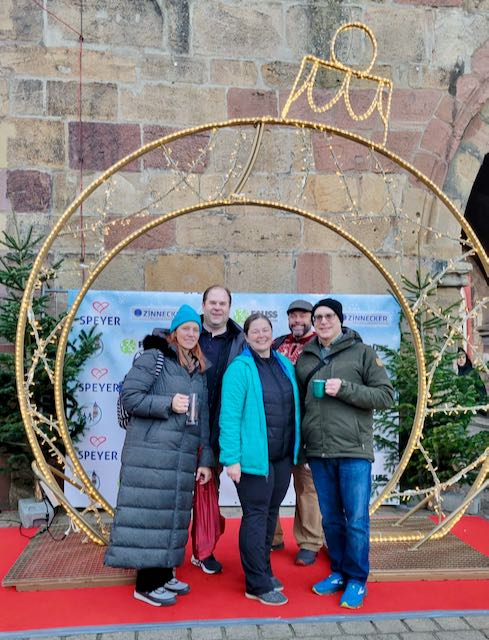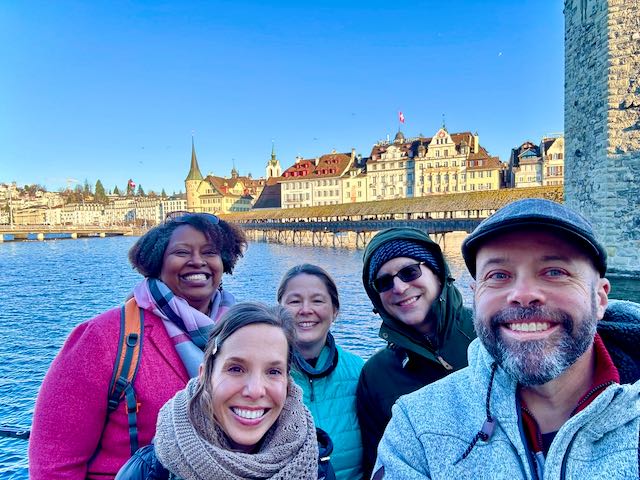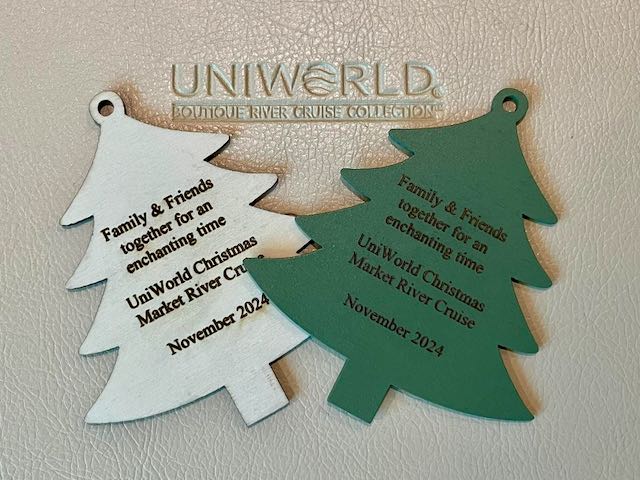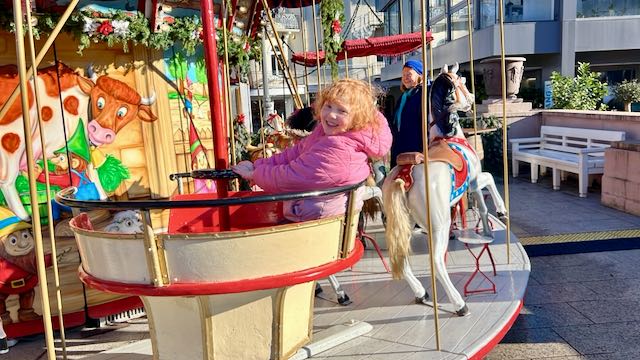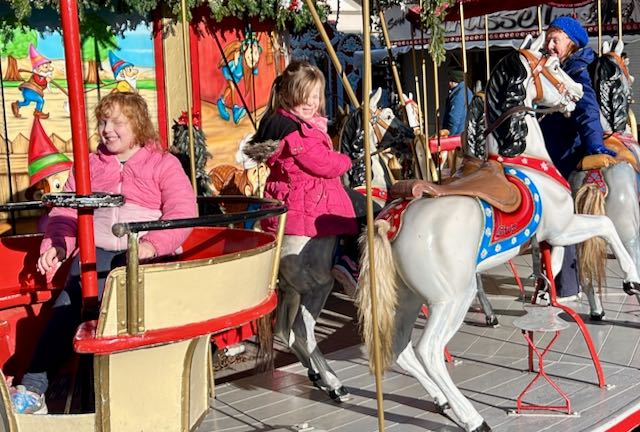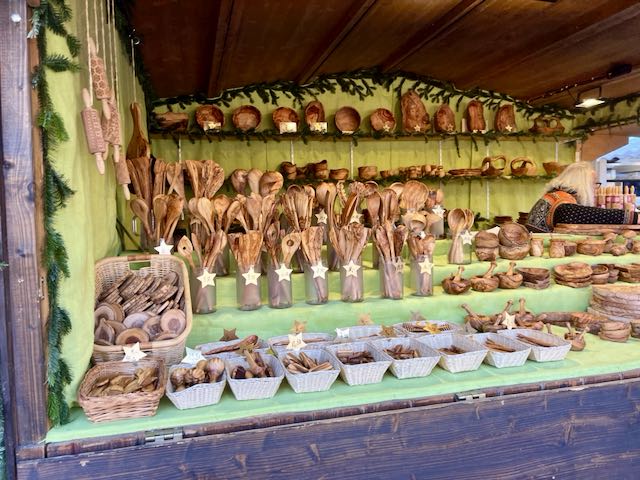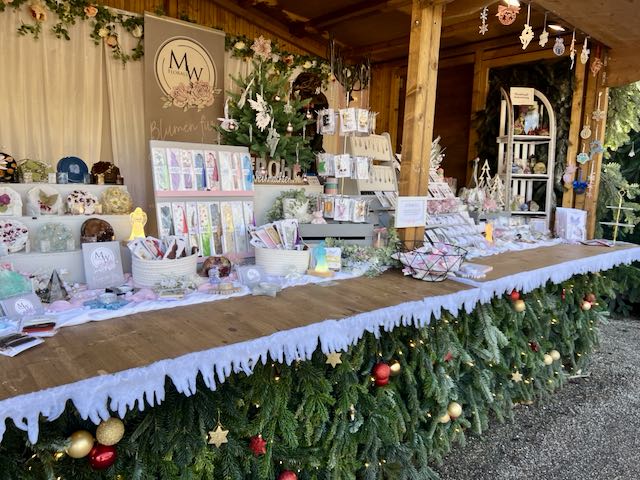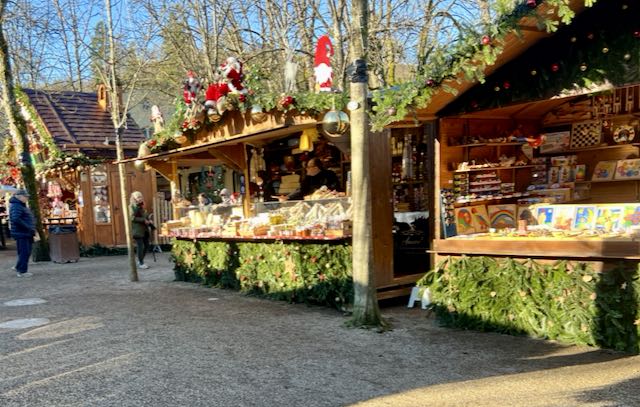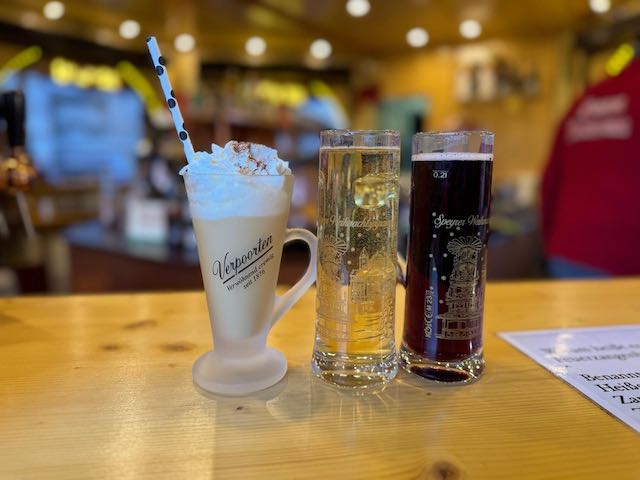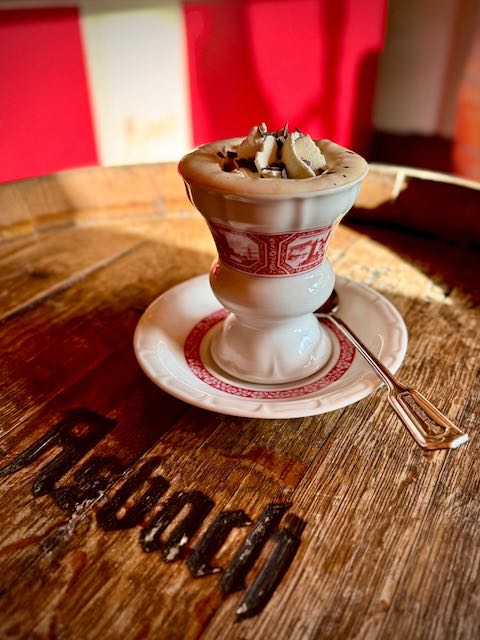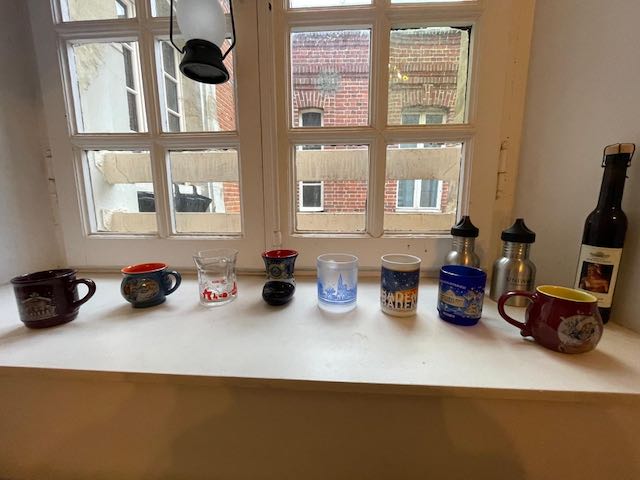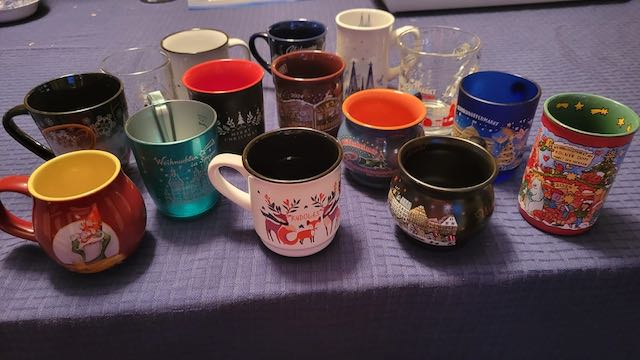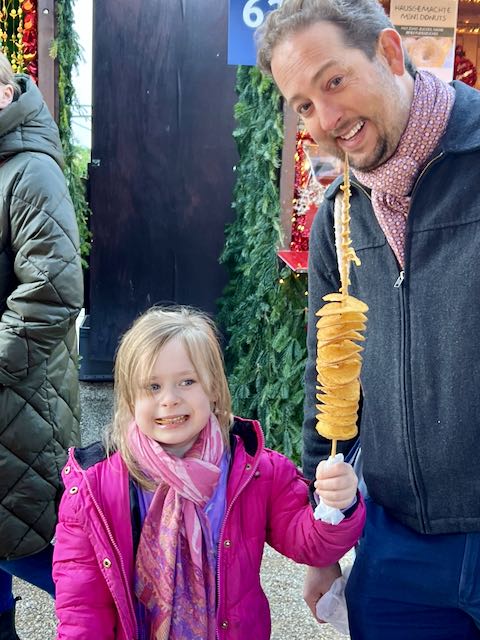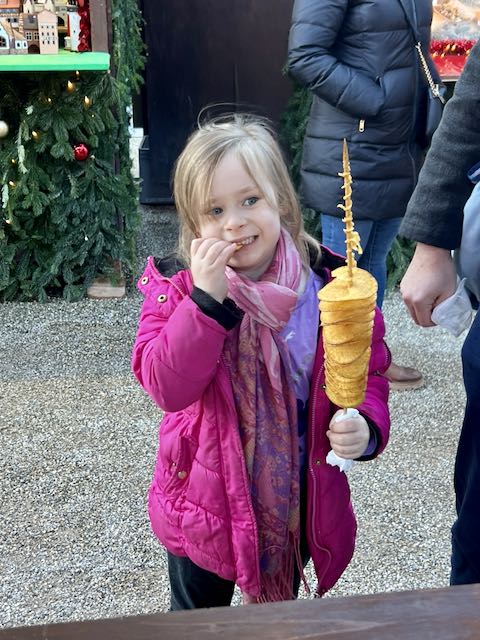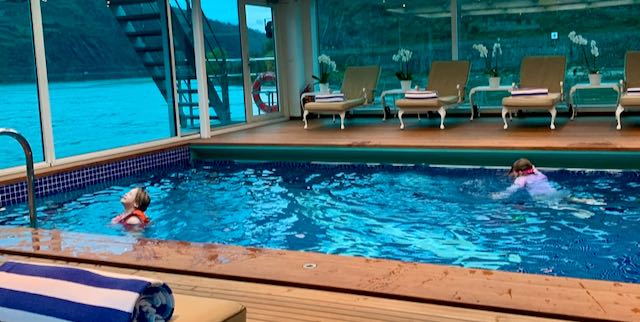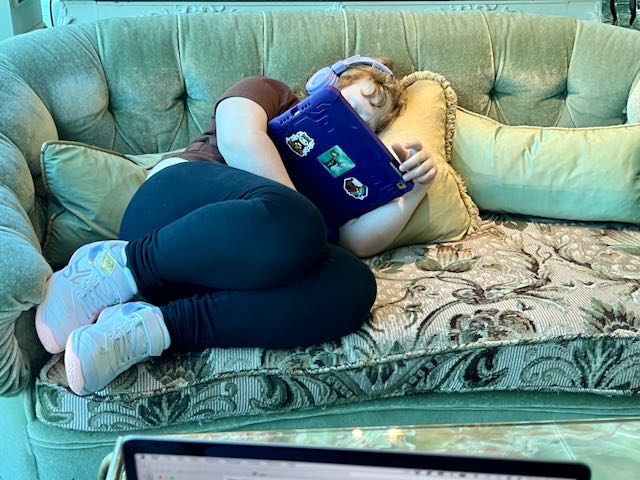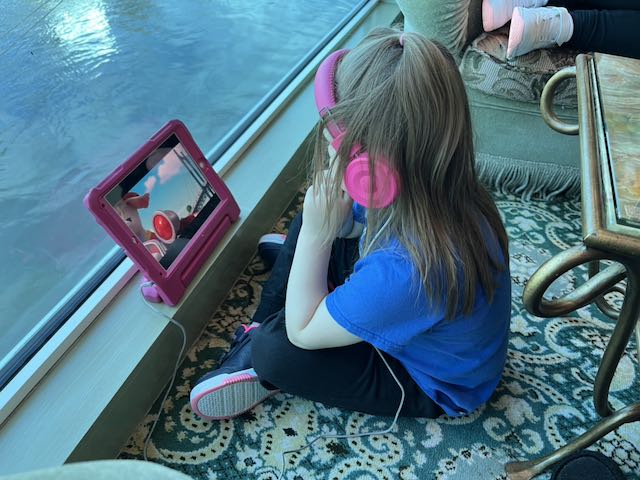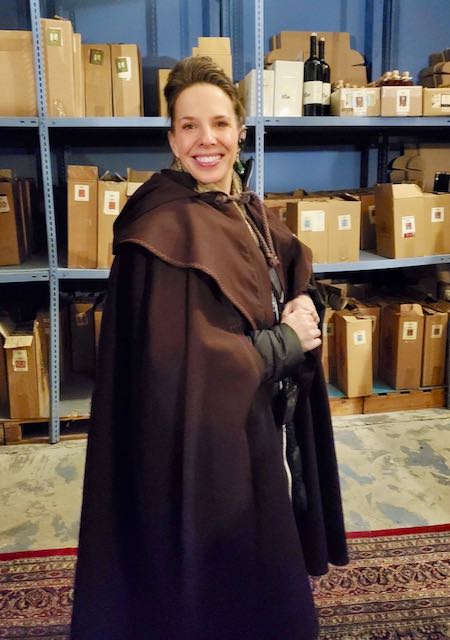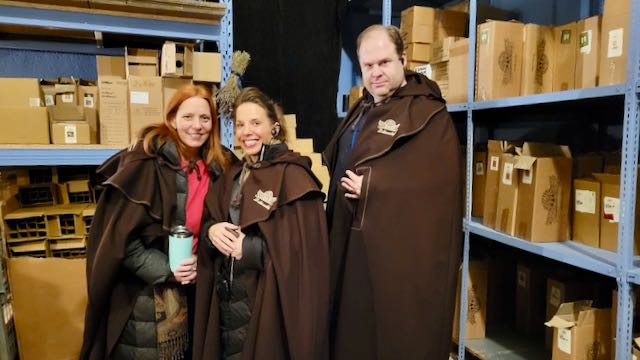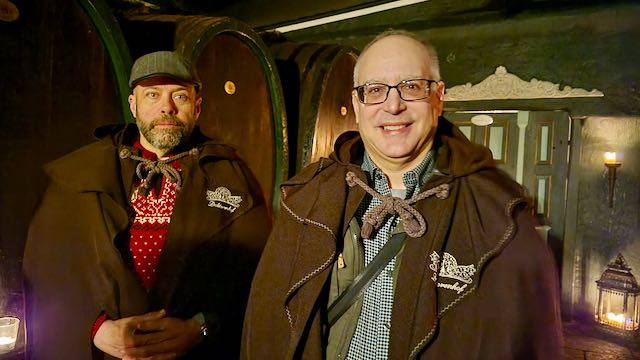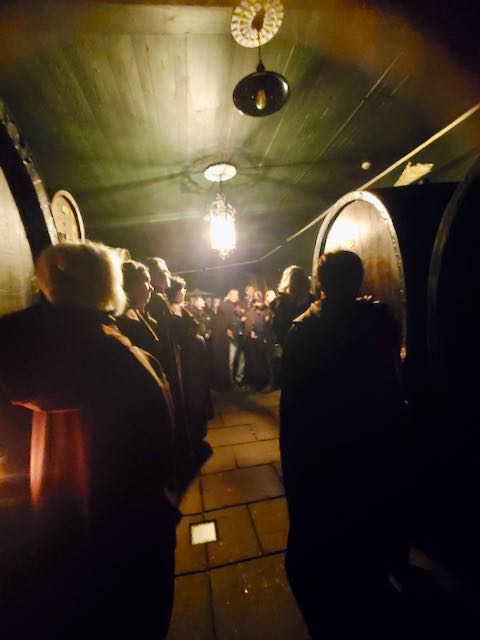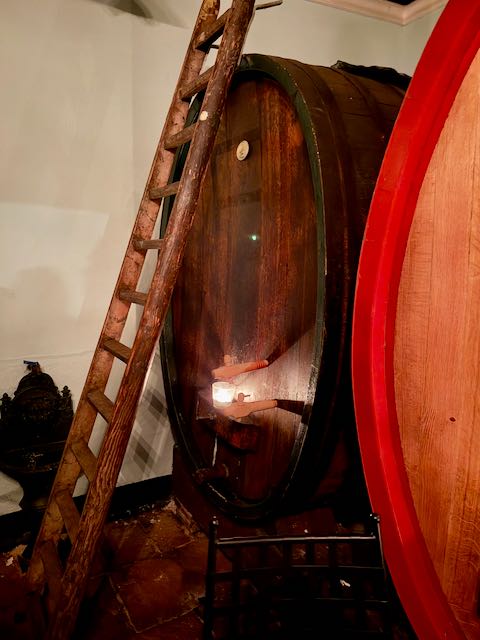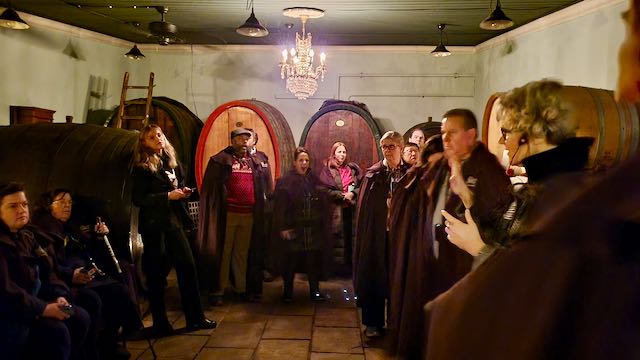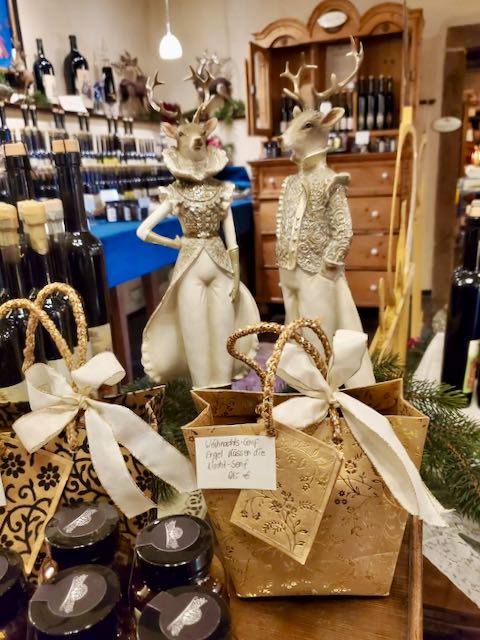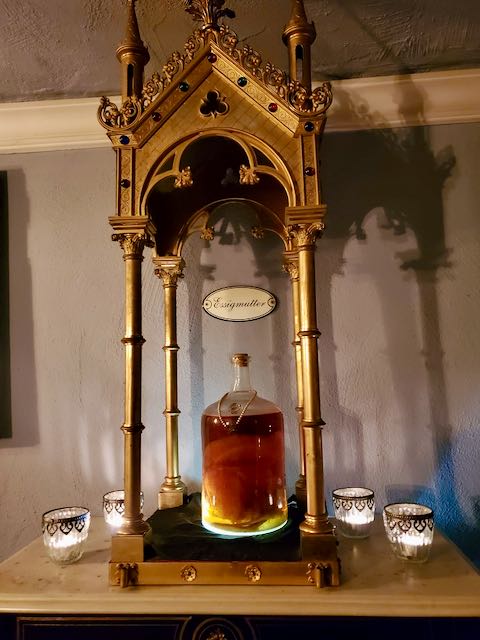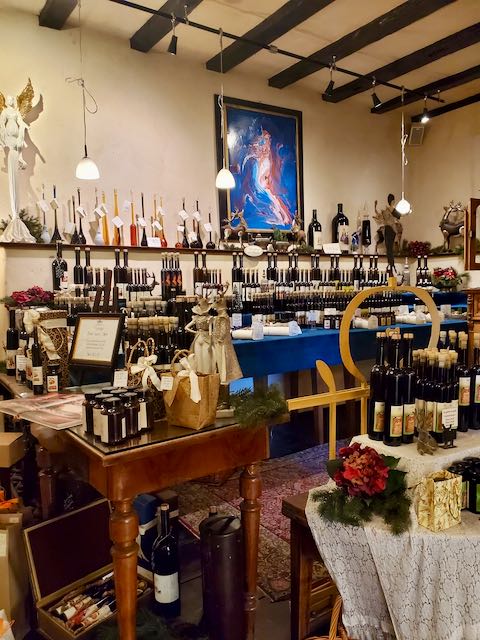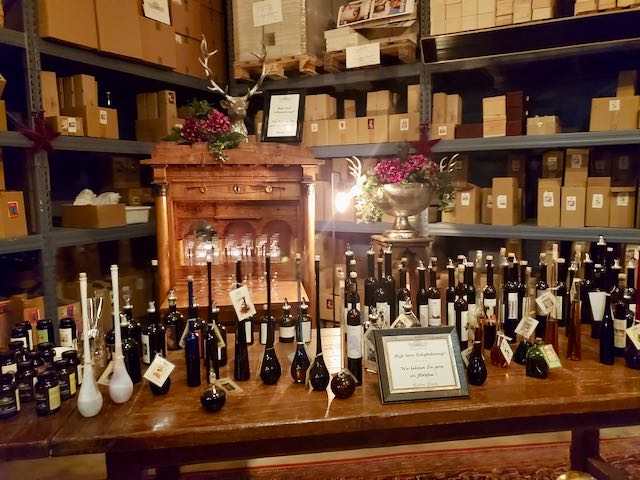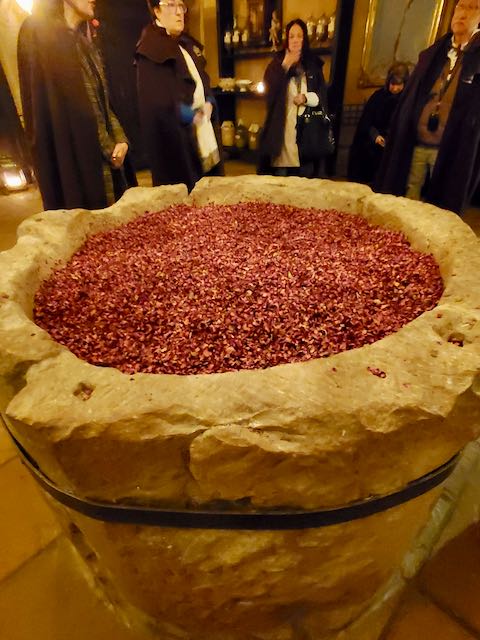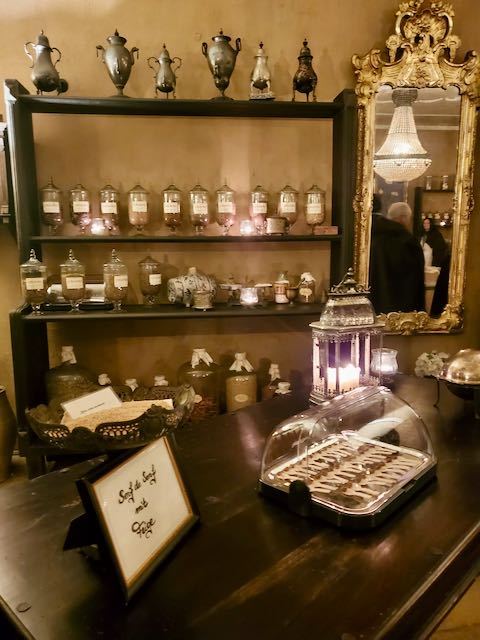Several years ago, I read Mad Enchantment: Claude Monet and the Painting of the Water Lilies by Ross King. While this was really a focus on the water-lilies he painted, it did make me aware of Monet in a much different way and in particular his impressionist paintings of the Cathedral of Rouen. Over the course of several years, Monet painted more then 30 different versions of the Cathedral during different times of day and periods of the year. When Monet painted all of these impressions the Cathedral of Rouen was the tallest building in the world. Unfortunately, I have no recollection of seeing any of the ones he did, at least one of which is in the National Gallery of Art in DC, but I did get to see the actual Cathedral. Our sunny day made the façade shine.
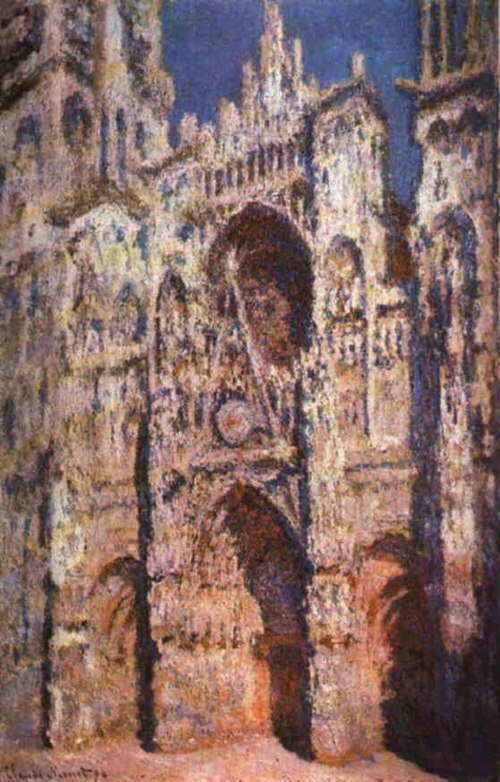
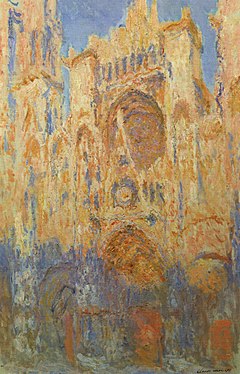
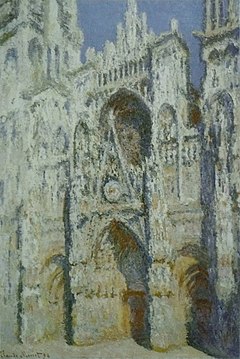
Rouen Cathedral is famous for its three towers, each in a different style. The cathedral, built and rebuilt over a period of more than eight hundred years, has features from Early Gothic to late Flamboyant and Renaissance architecture. These towers are also famous for being the tallest in France with its 19th-century spire rising to just under 500 feet!
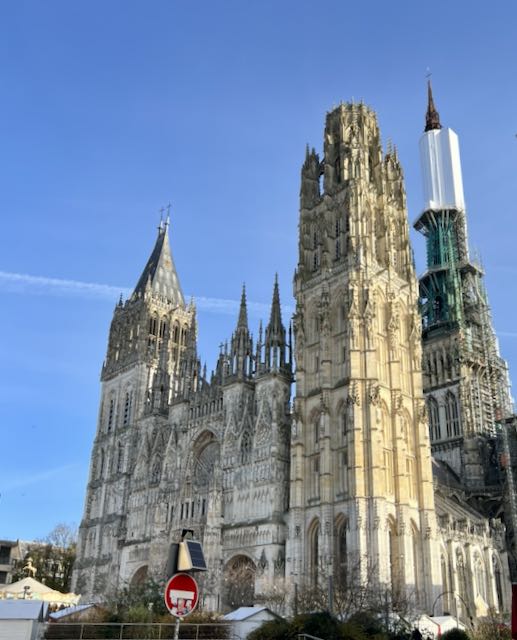
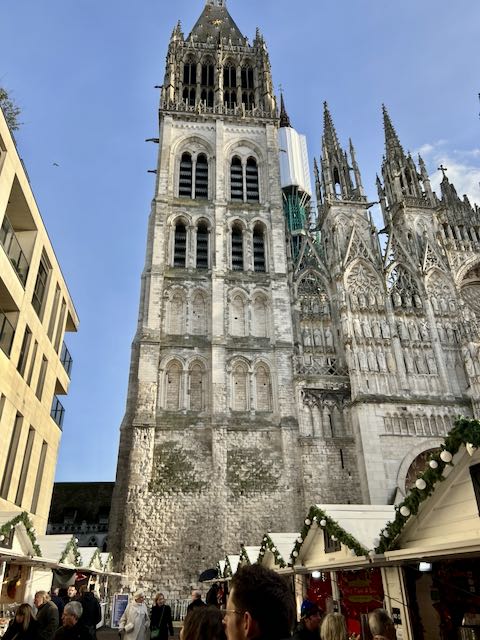

The cathedral has a fine collection of stained glass from the 13th to the 20th century.
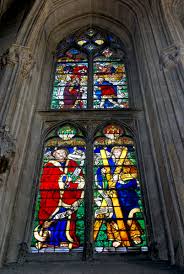
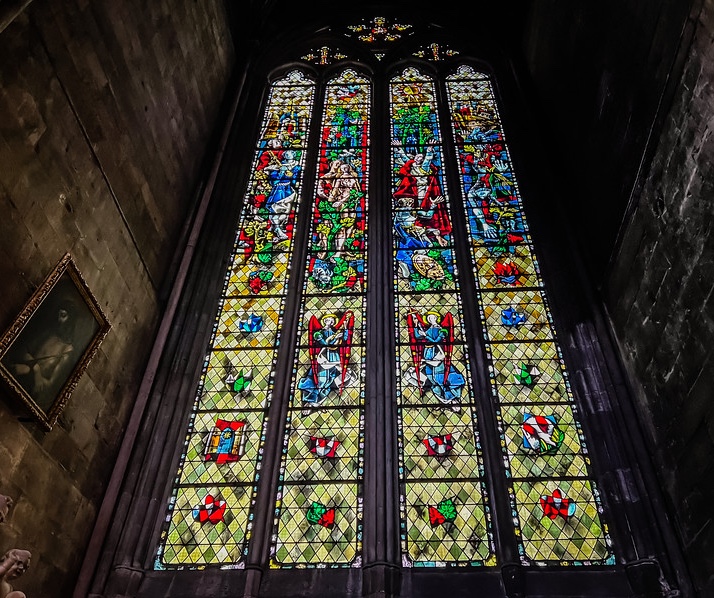
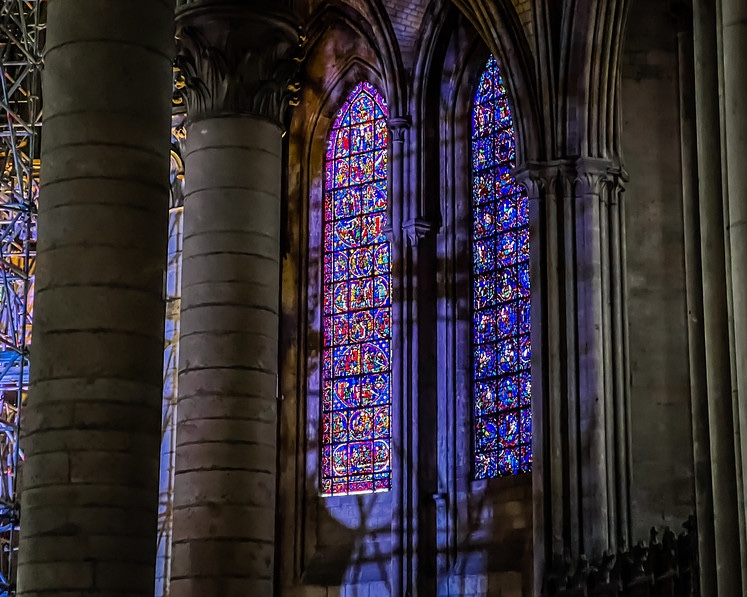
The stained-glass windows were installed progressively during the cathedral’s construction. One of the oldest examples is the booksellers’ rose in the north transept.
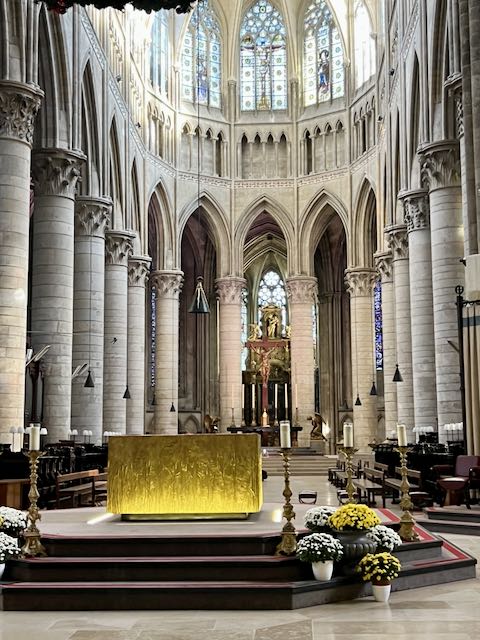
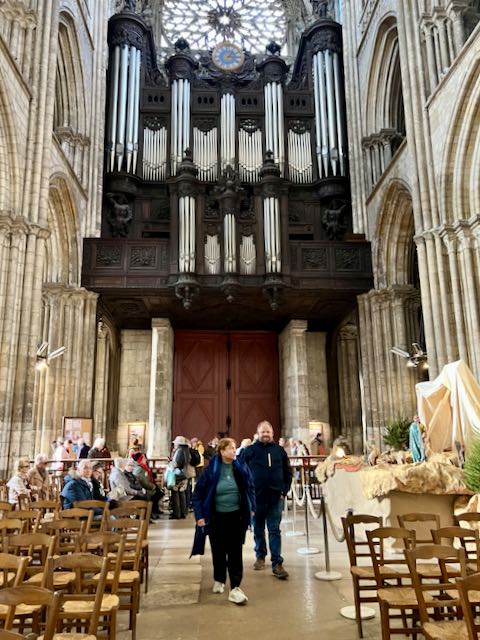
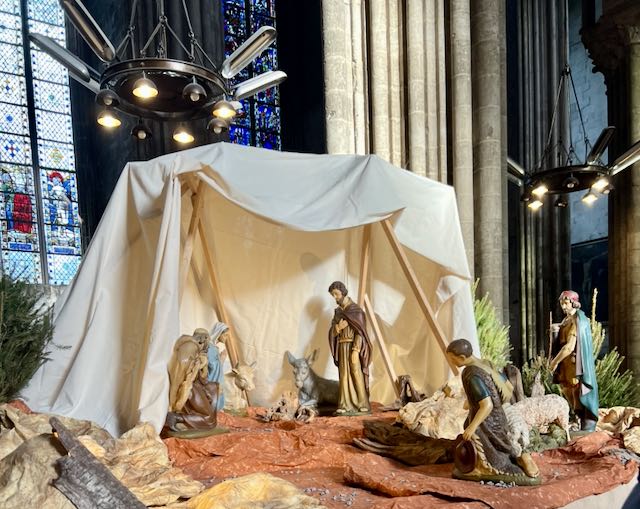
A quite interesting site is the staircase that leads to the Cathedral Library – This late Gothic stair case was built, under the direction of archbishop William d’Estouteville, by Guillaume Pontis in 1480. The stairs used to lead to the Cathedral library which was situated just above the Flamboyant Gothic arched door. In 1788 another story was built above the library to hold the Cathedral records and the upper flights of stairs were added then.

However lovely the Cathedral is, we have been in a number of different ones over the last couple of months and we really wanted to spend some time in the Christmas Market so we didn’t tour the inside fully.
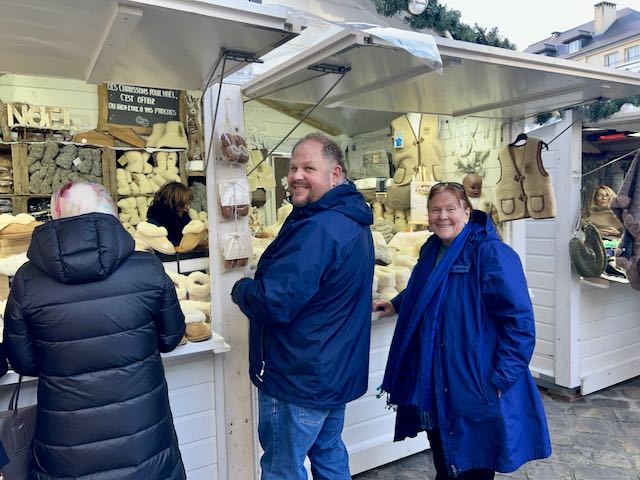

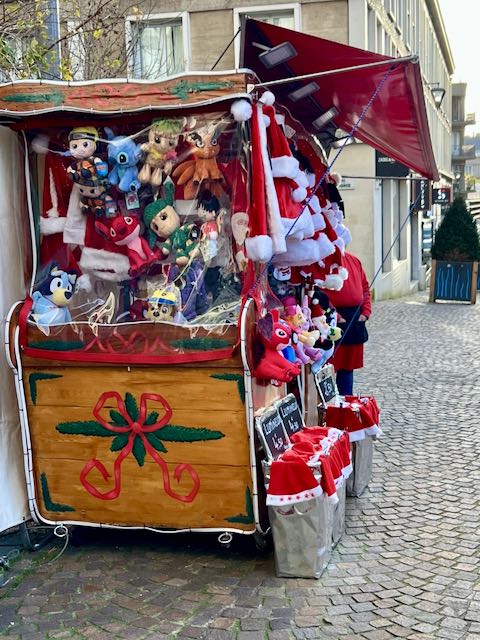
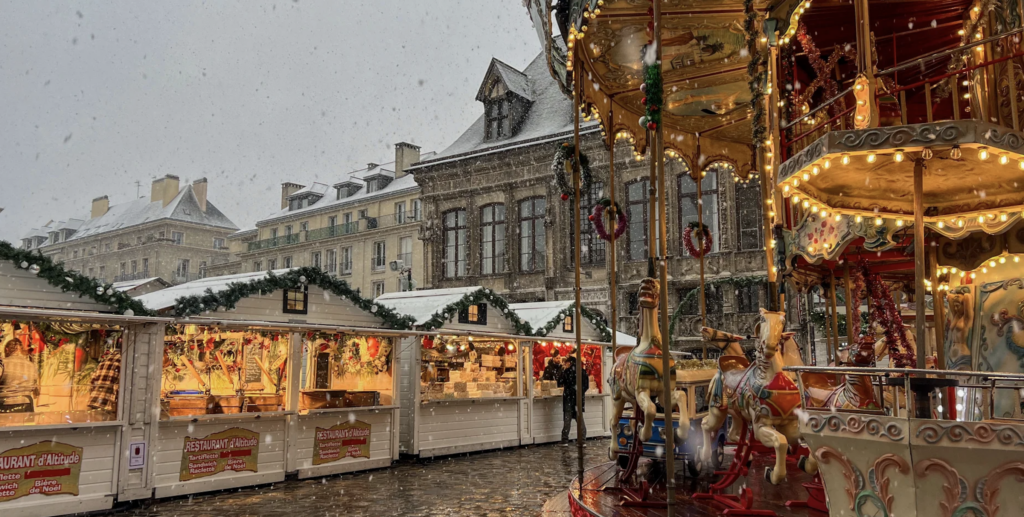
The Rouen Christmas market did not disappoint. There were a number of stalls and lots of holiday decorations. The stall with UGG- like slippers and silk scarves also provided gifts and a story. The center city also provided a fine Vietnamese meal for Beth, David, Ryan, Christopher, and Janeen before heading to the car.
After the Market, as we headed back to our car, we passed under Gros-Horloge a 14th century astronomical clock. The clock is installed in a Renaissance arch crossing the Rue du Gros-Horloge. The mechanism is one of the oldest in France, the movement having been made in 1389.
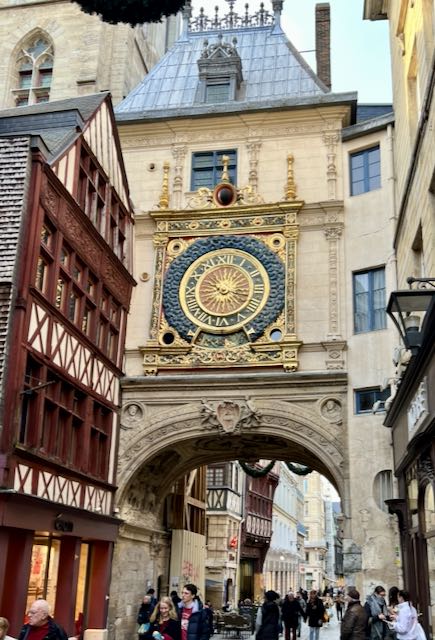
A fascinating piece of history.
Have you enjoyed our adventures? Please leave a comment and let us know!
